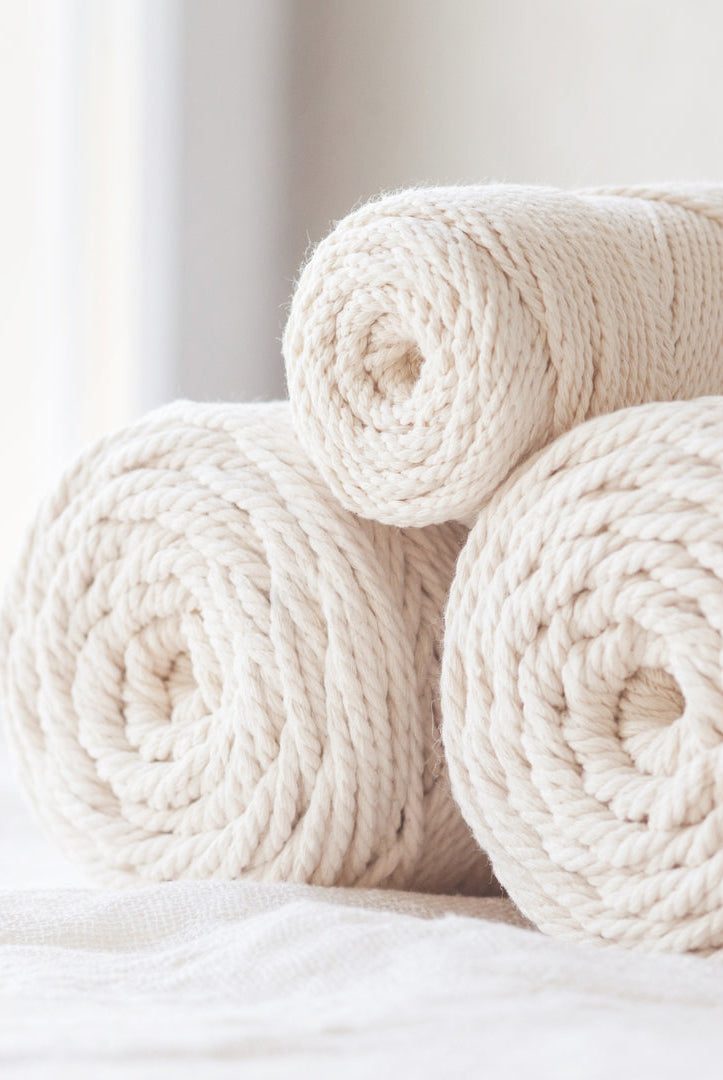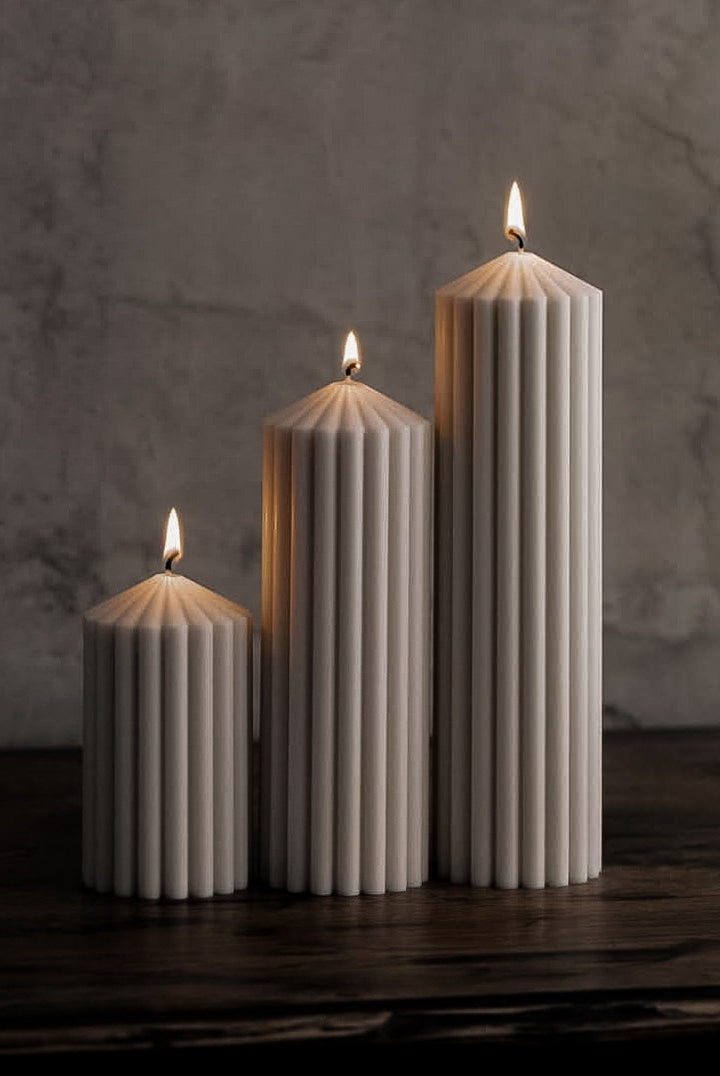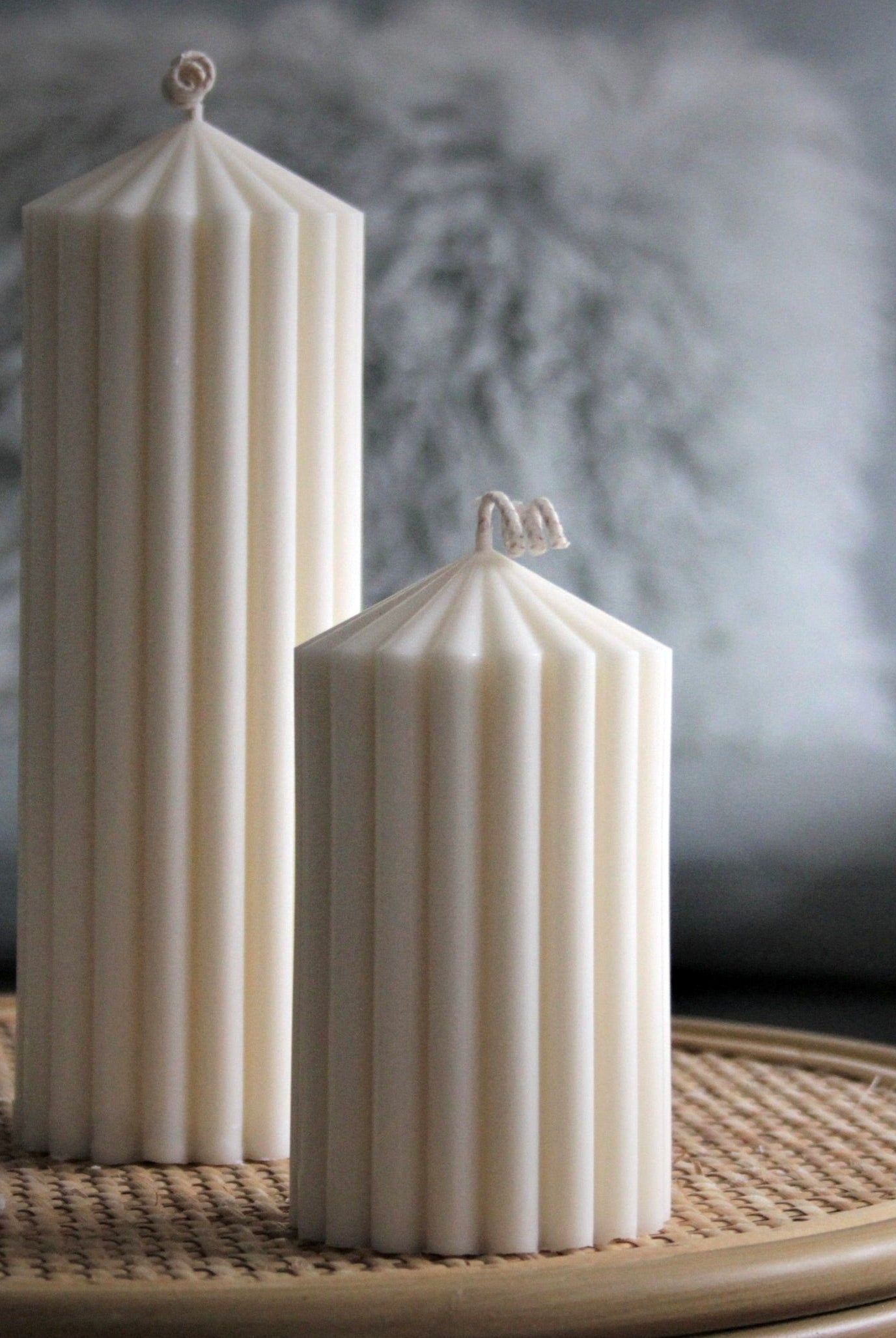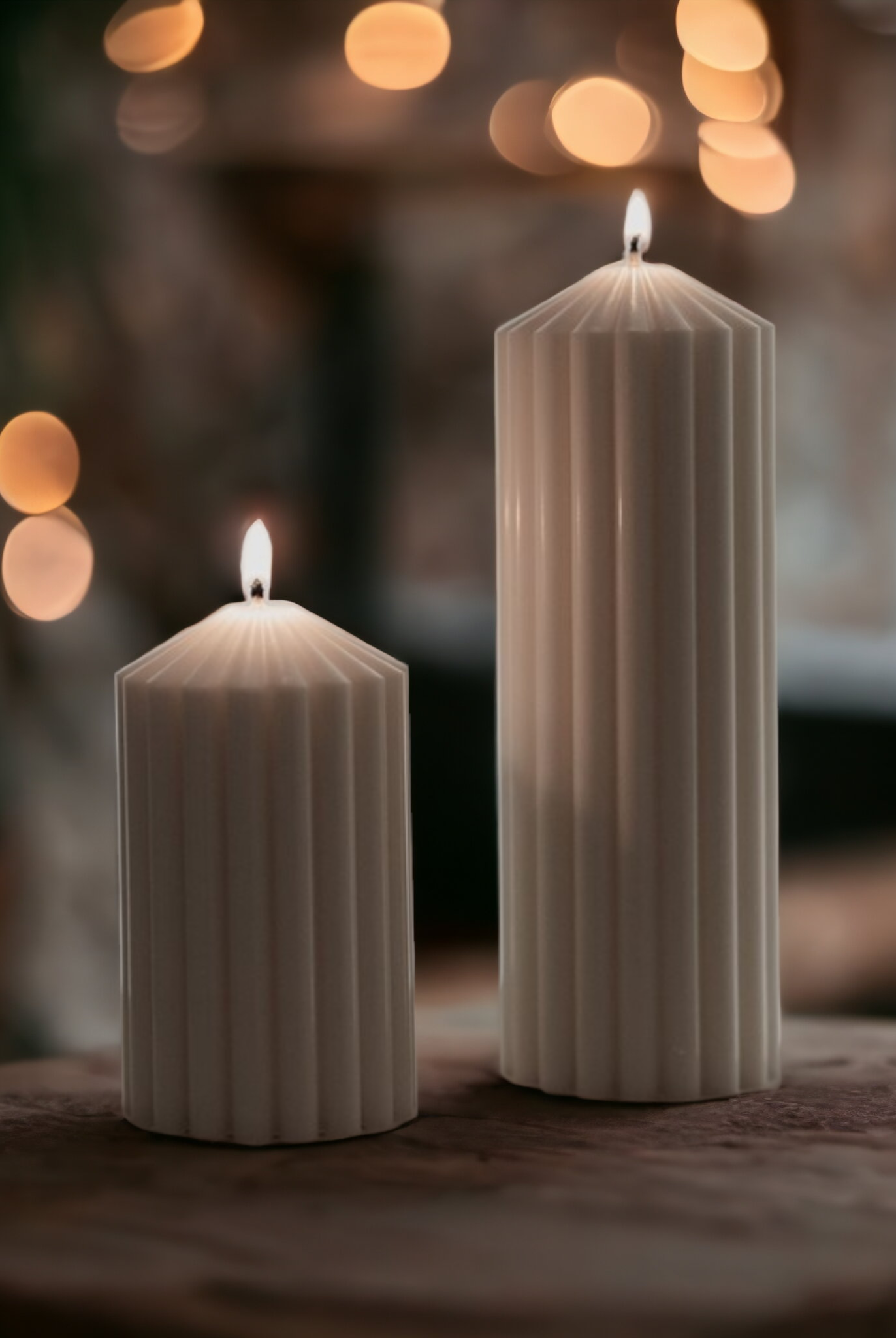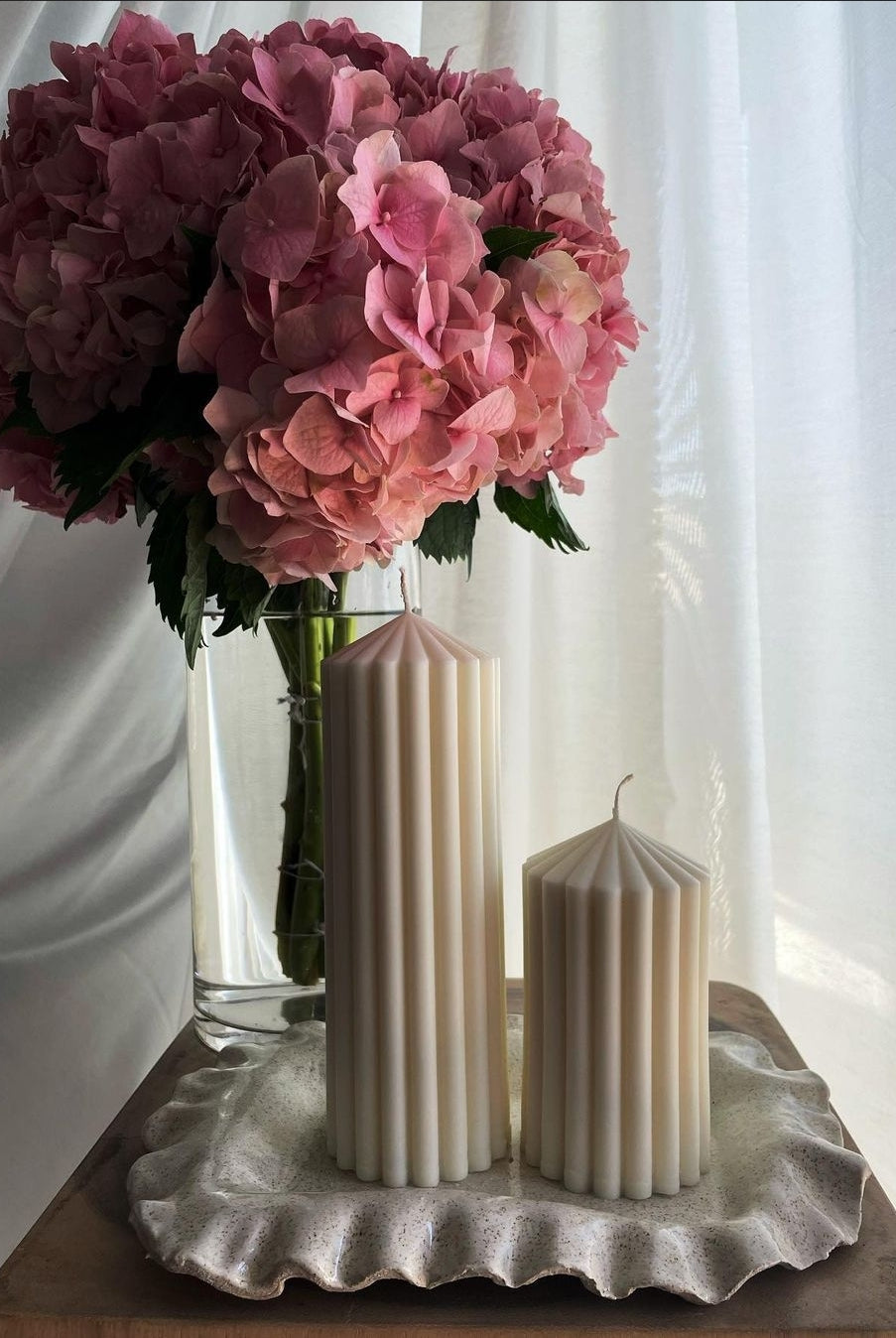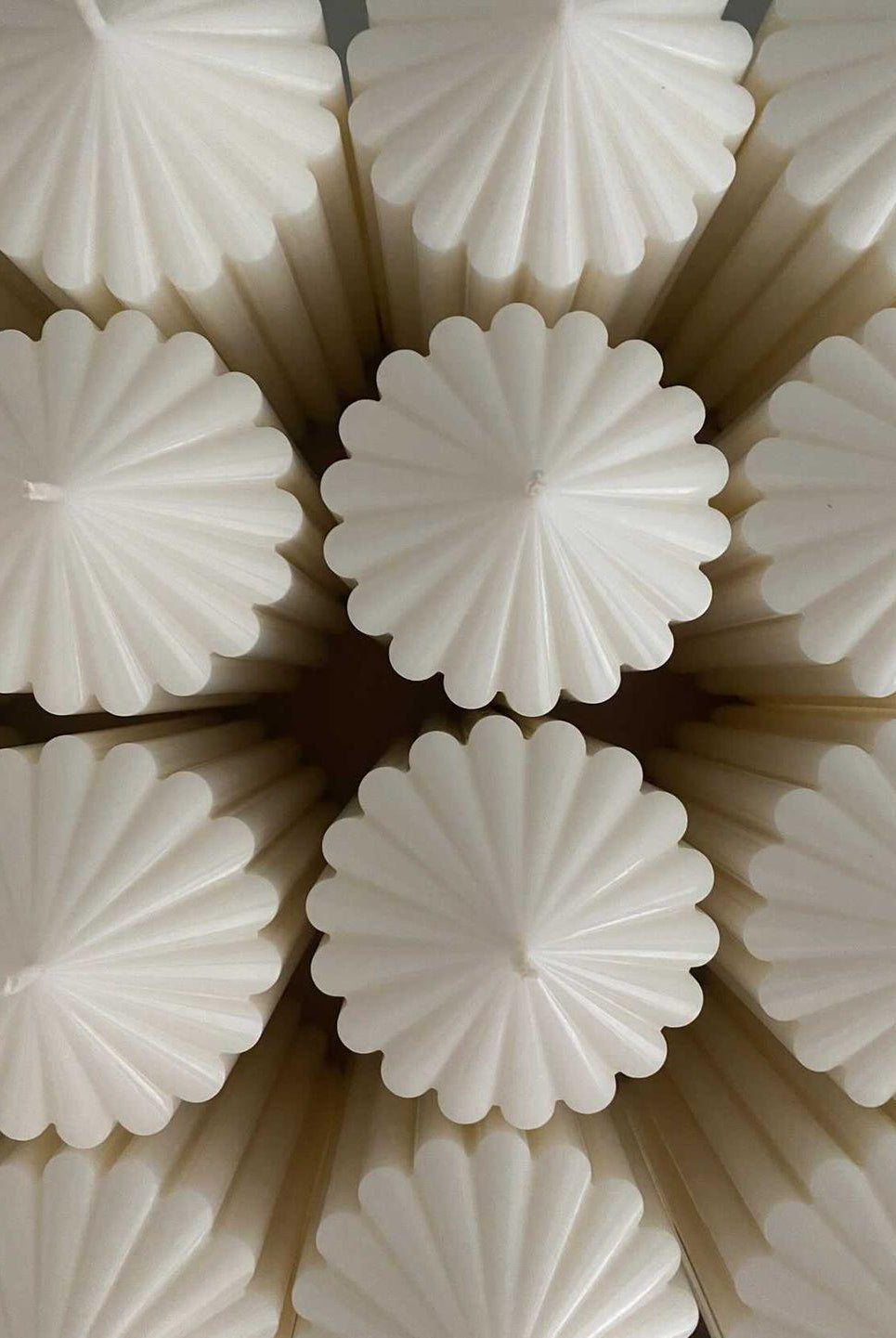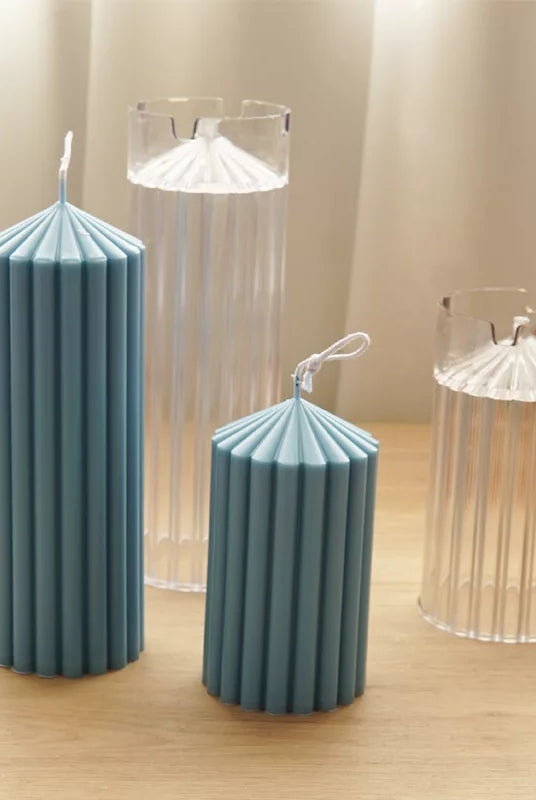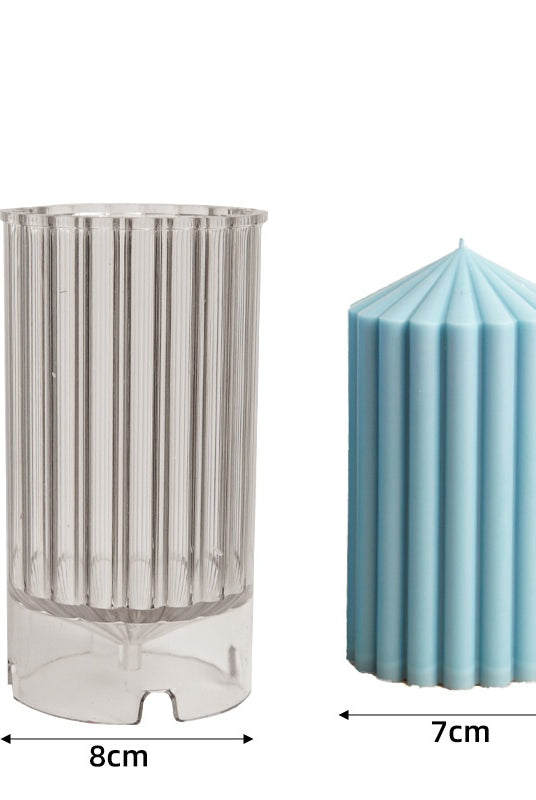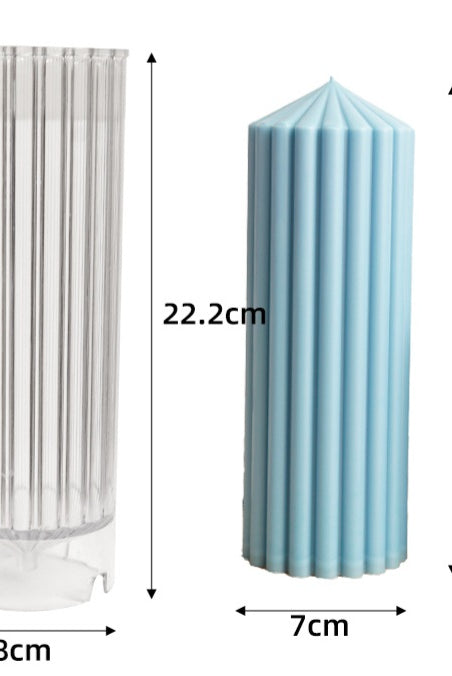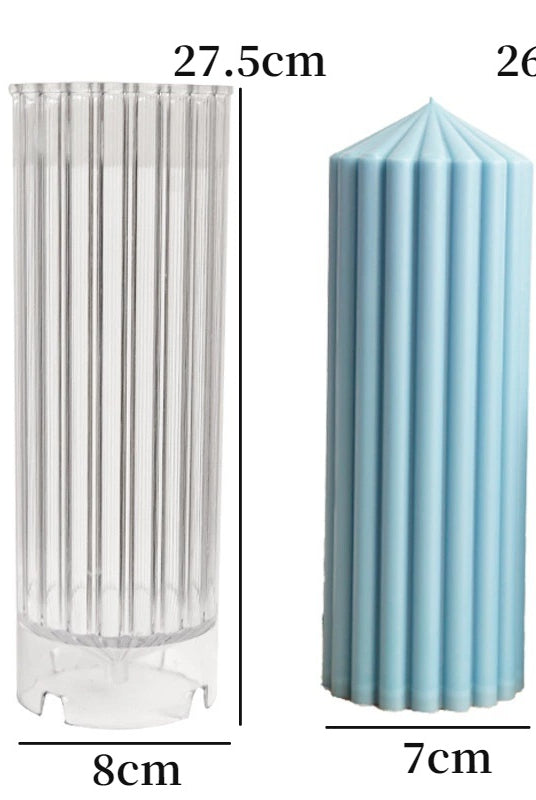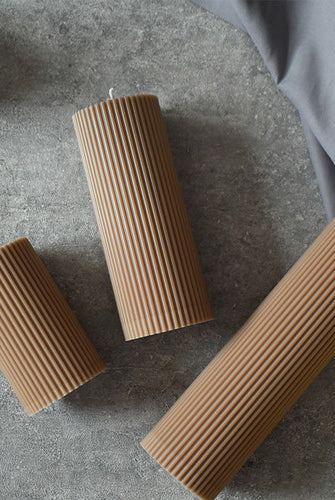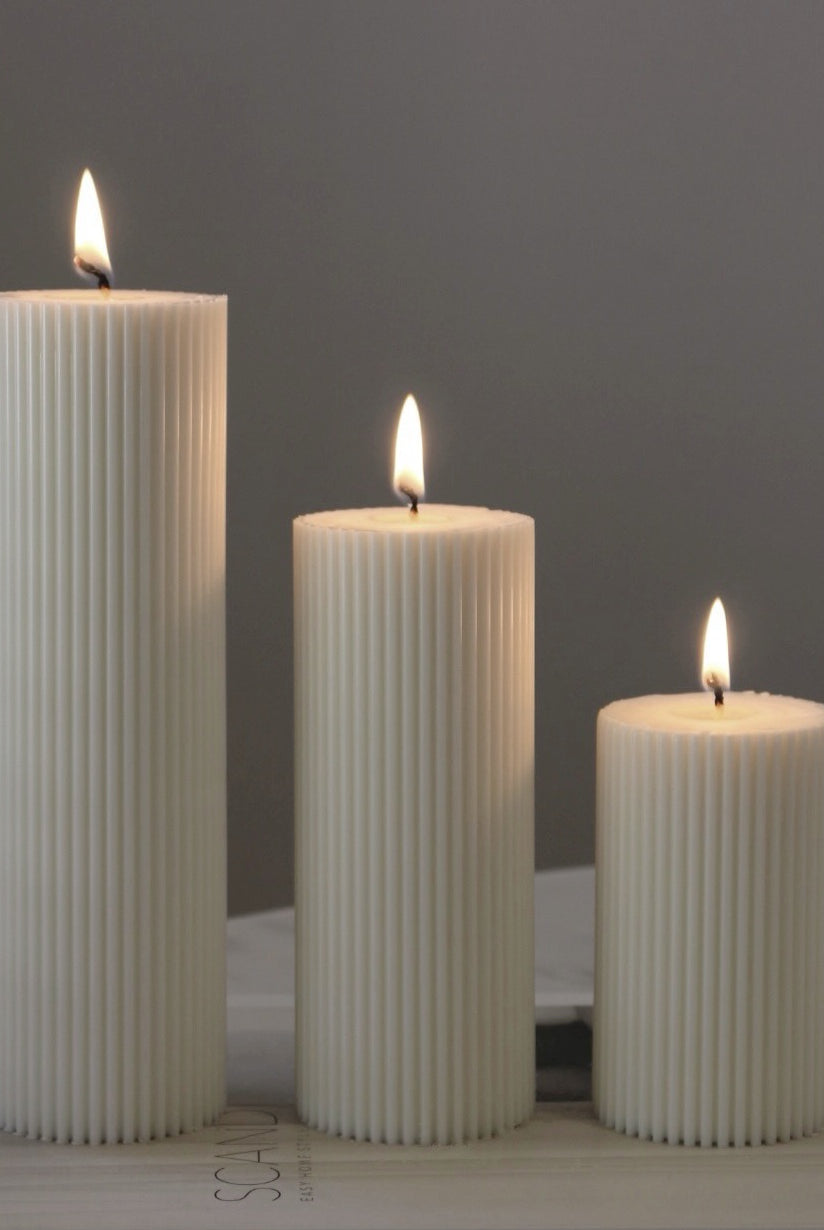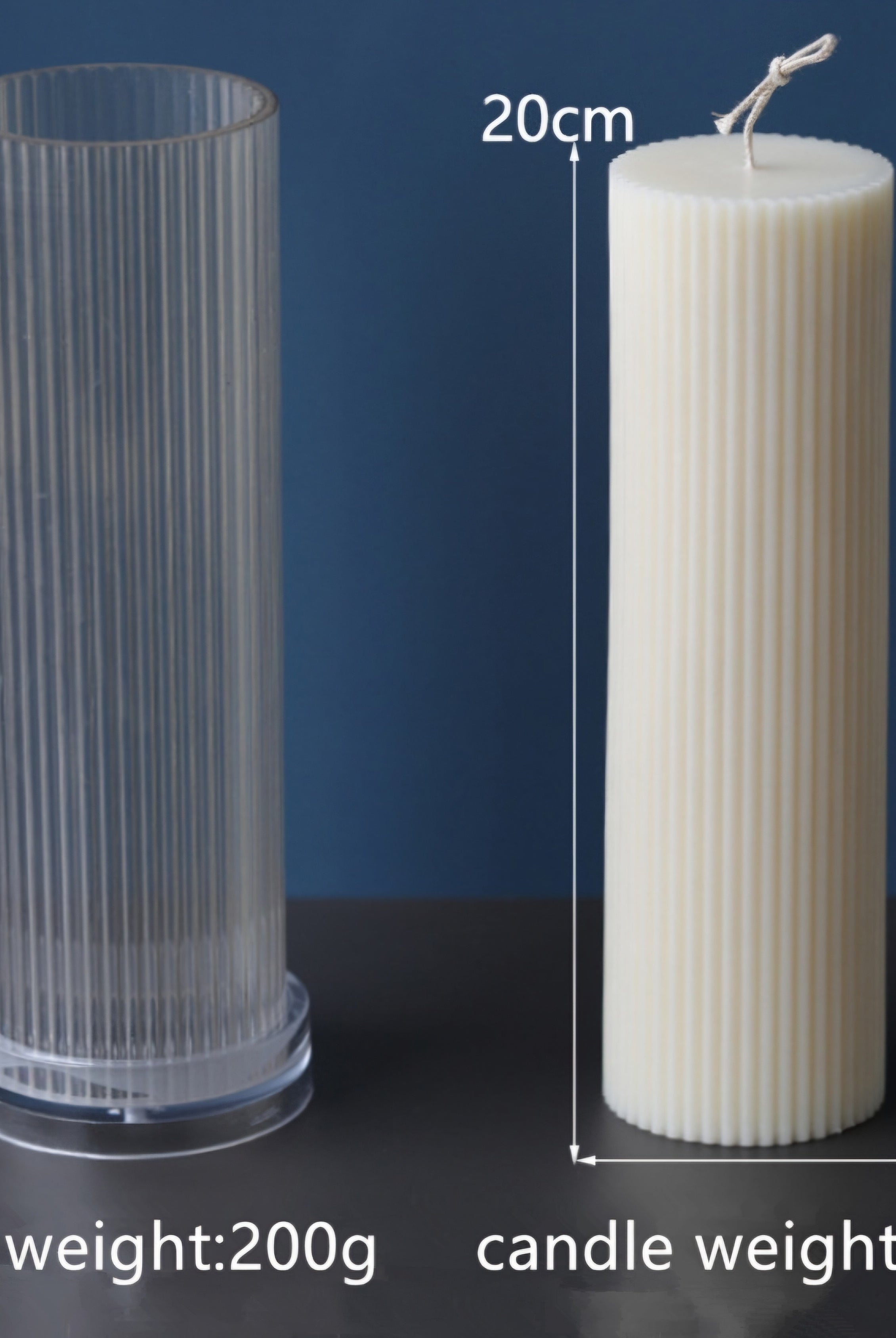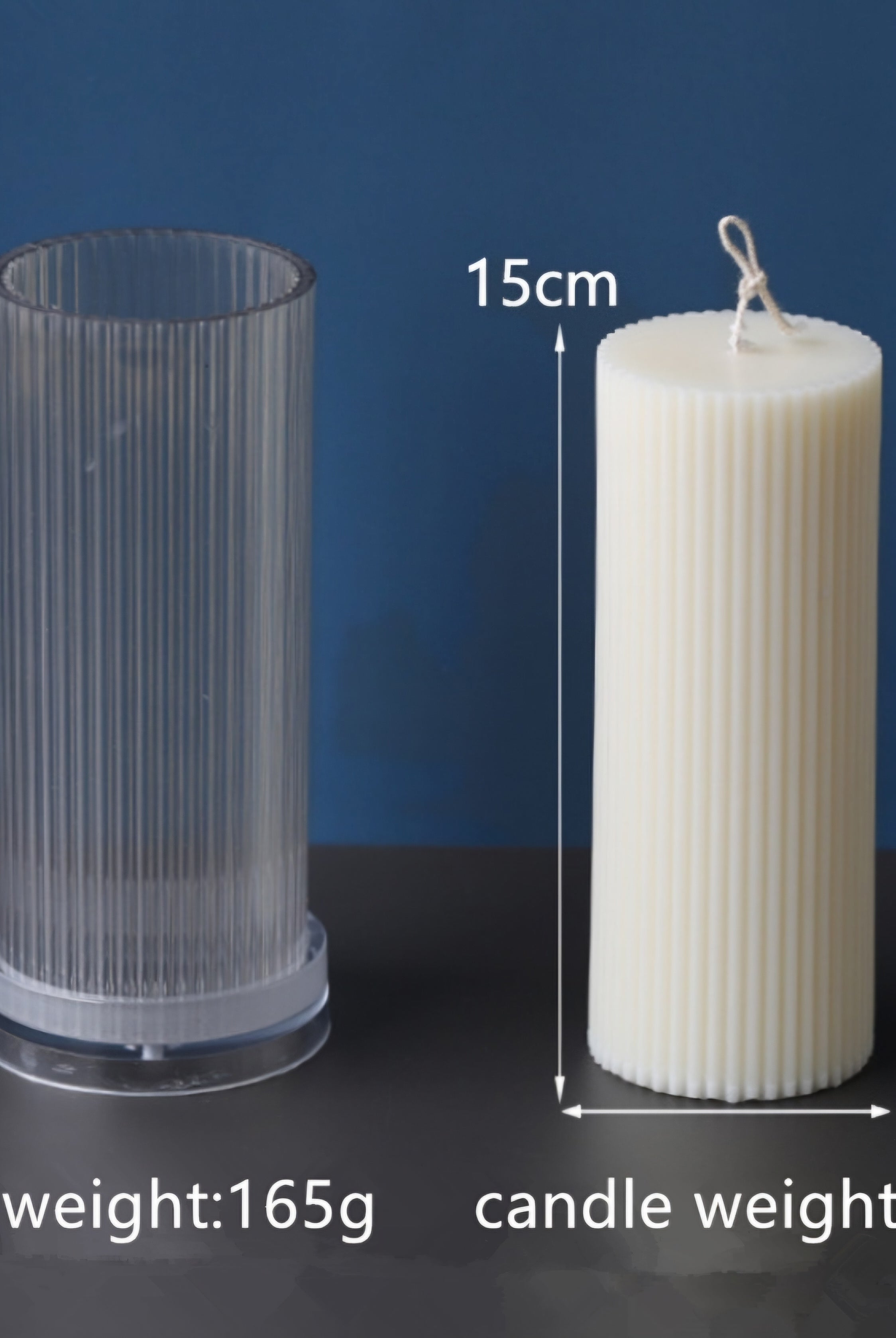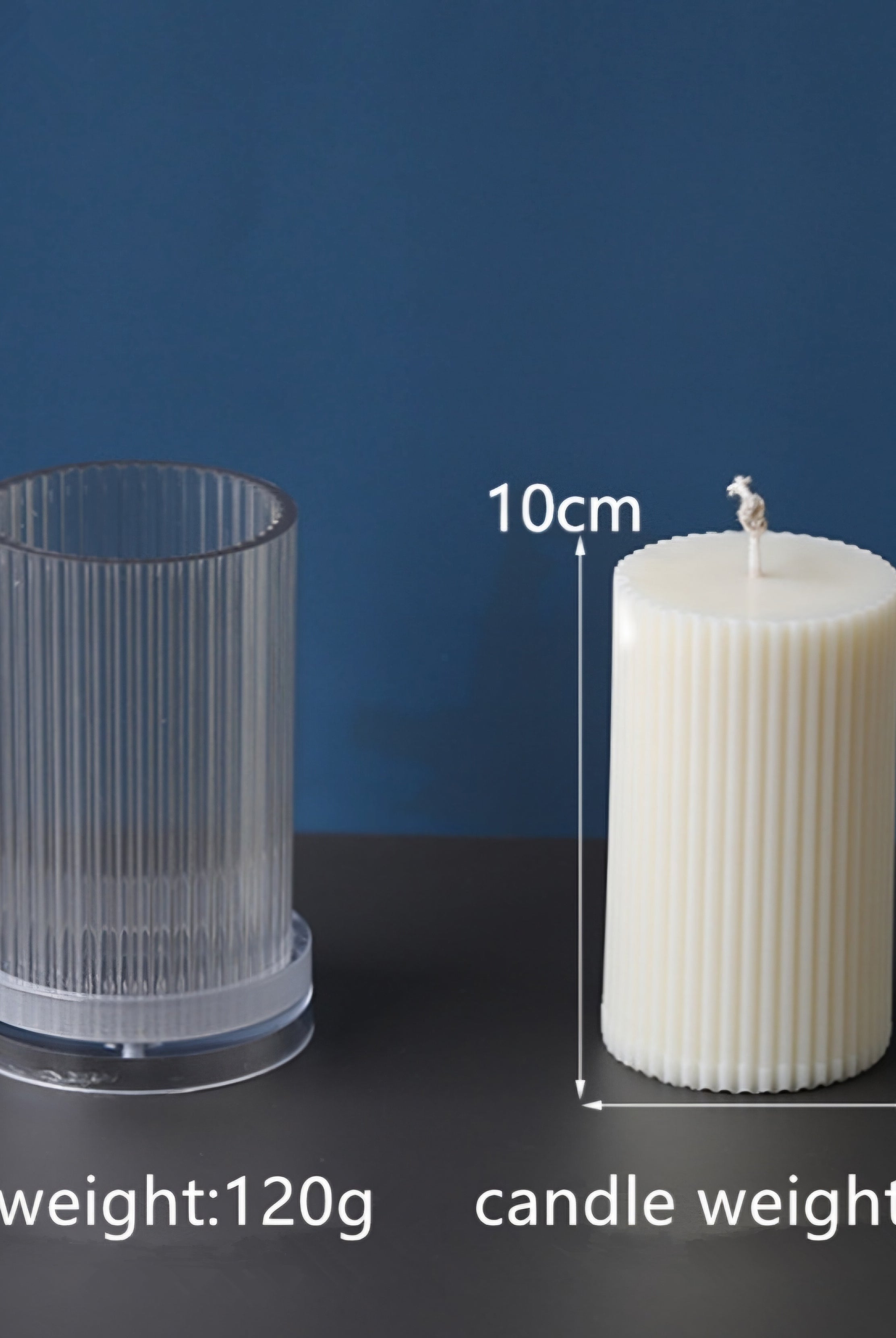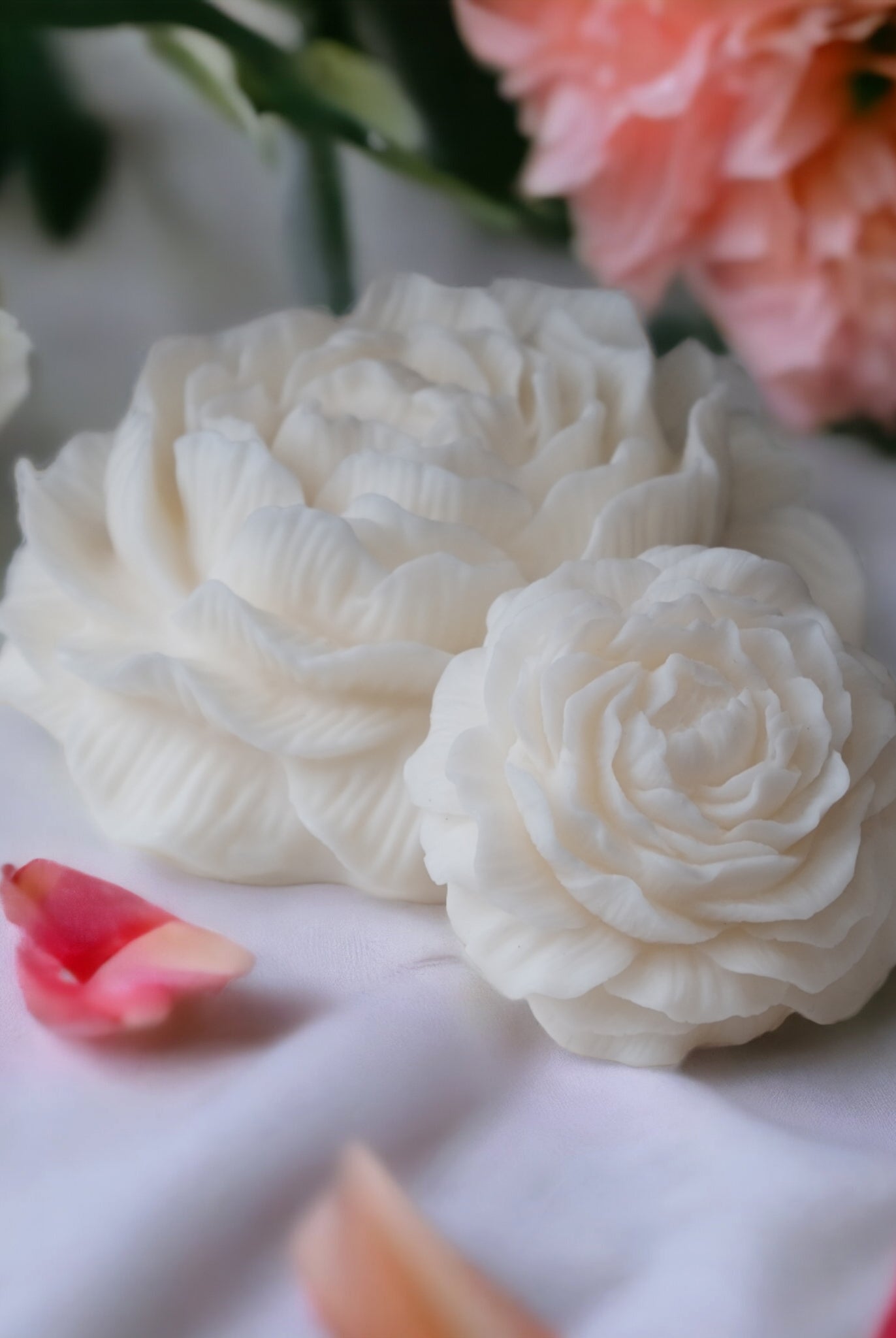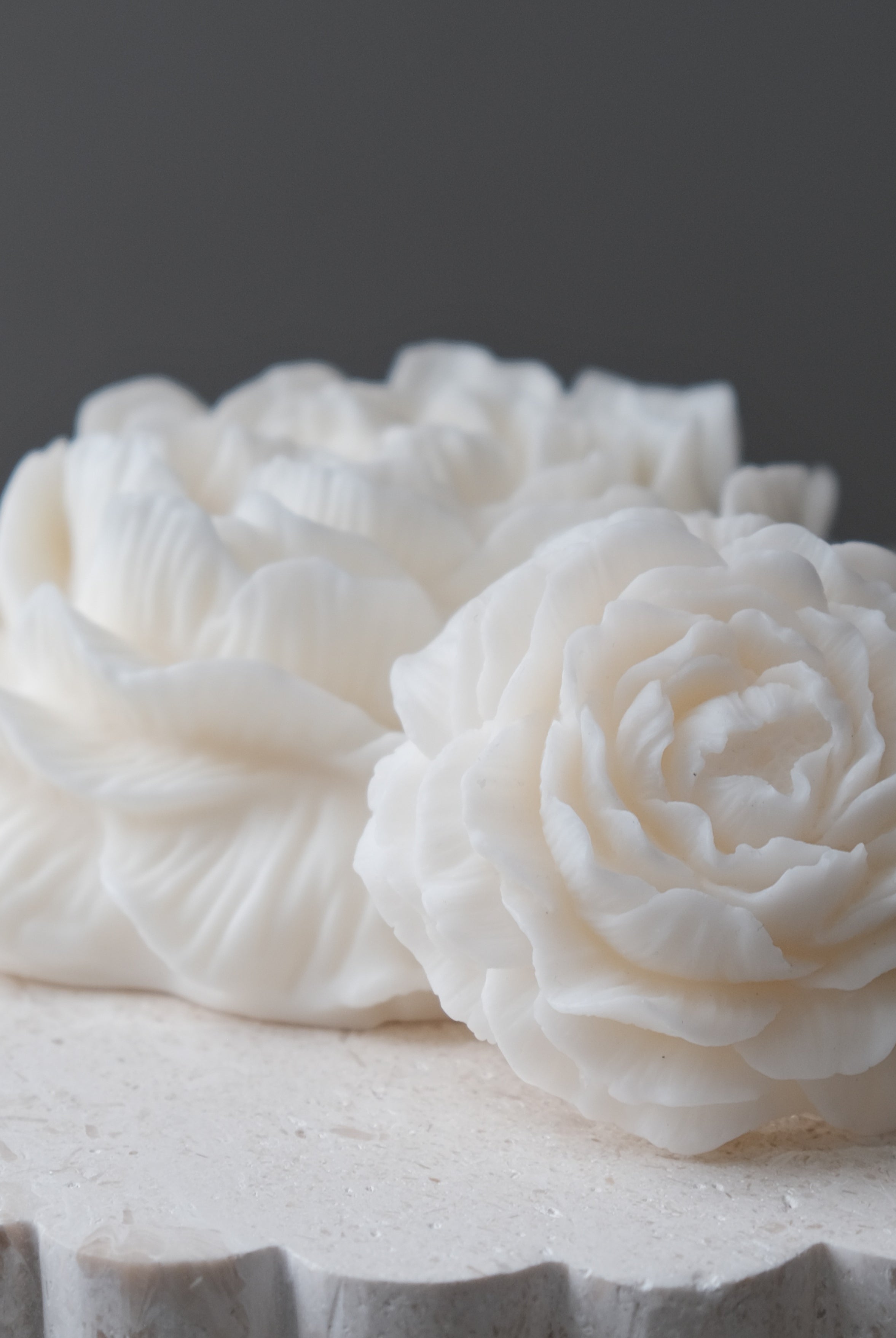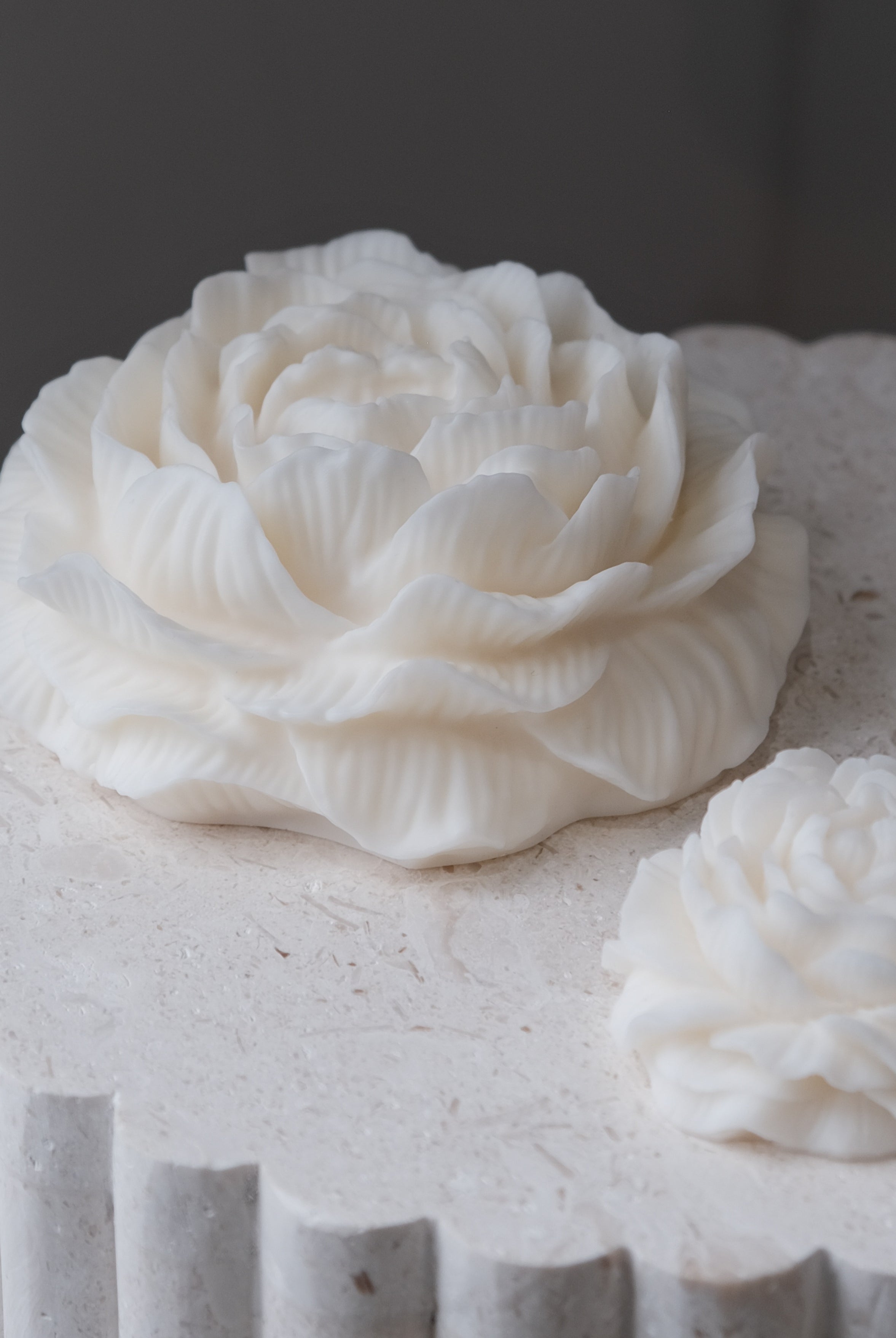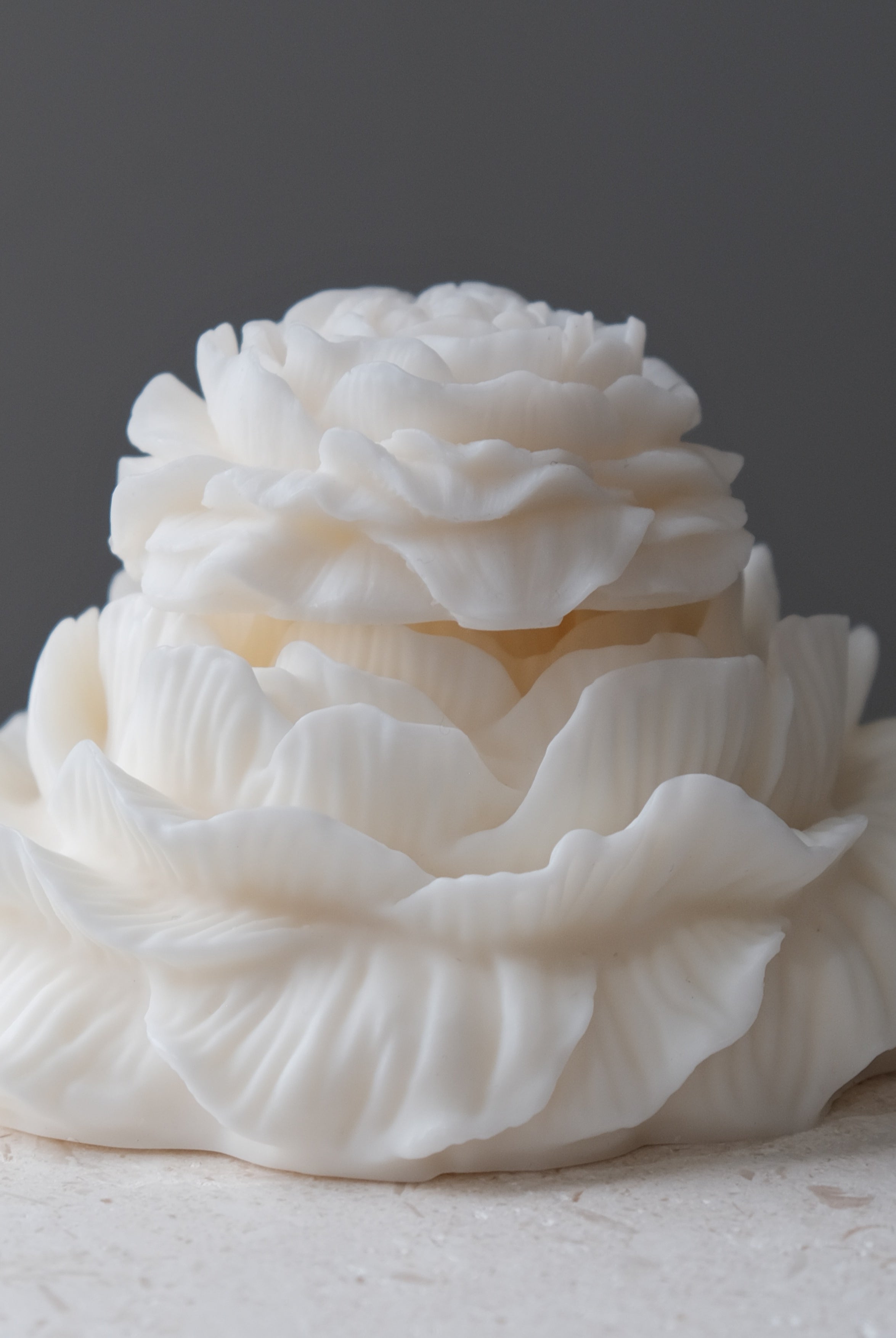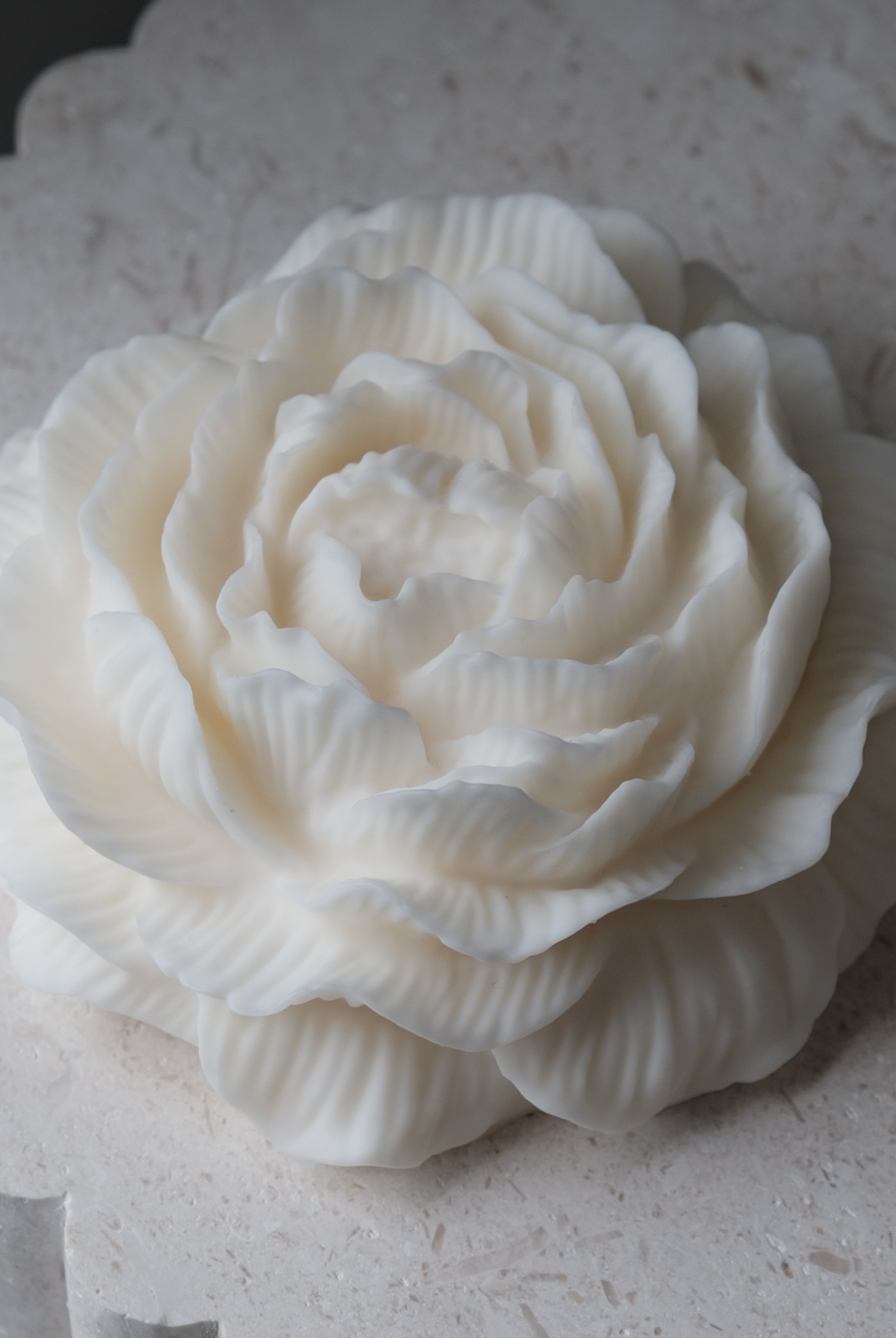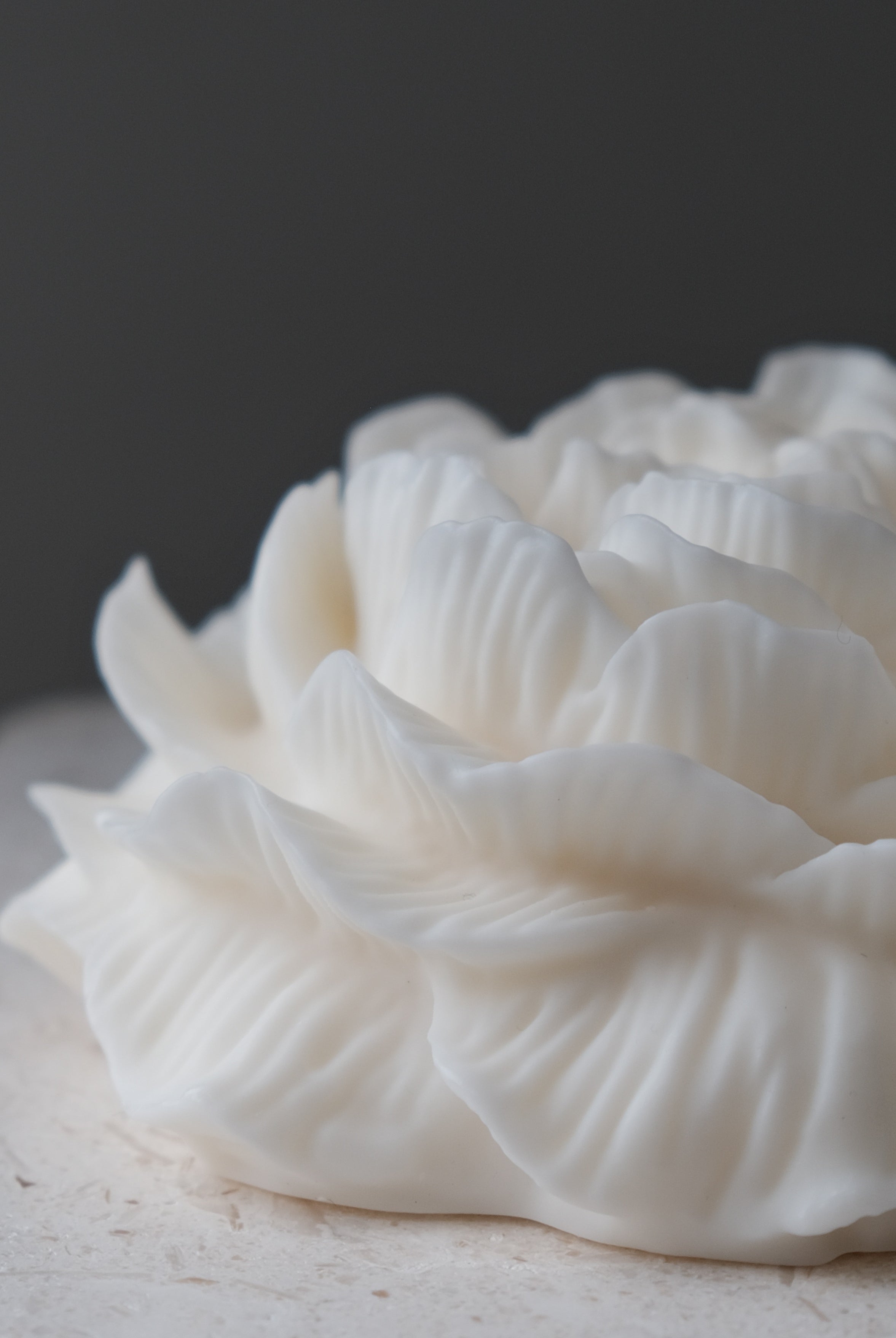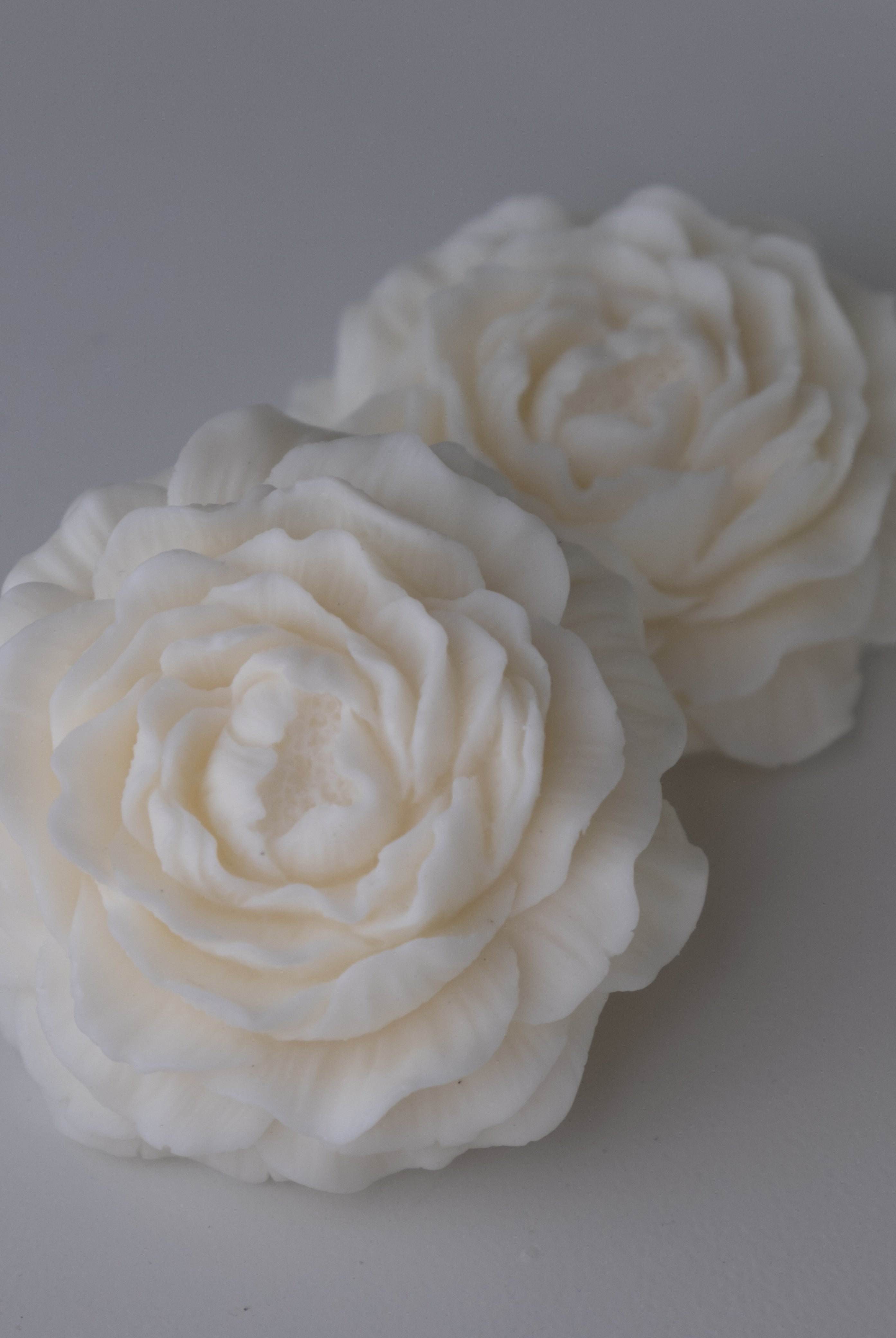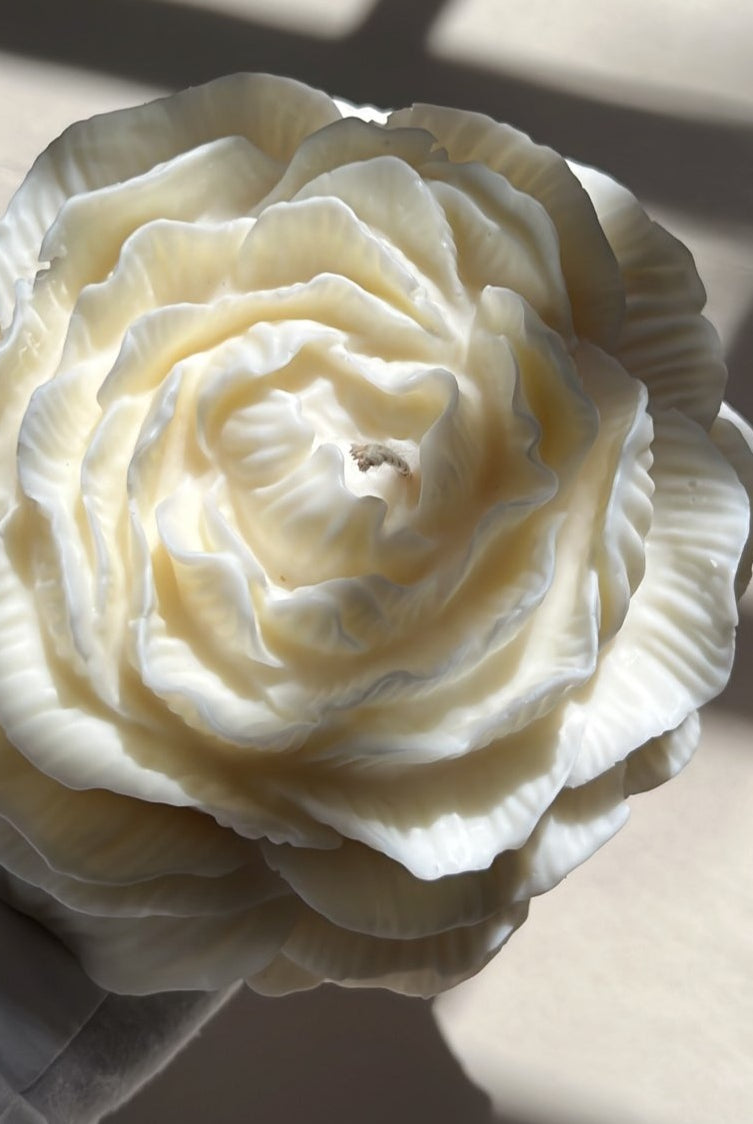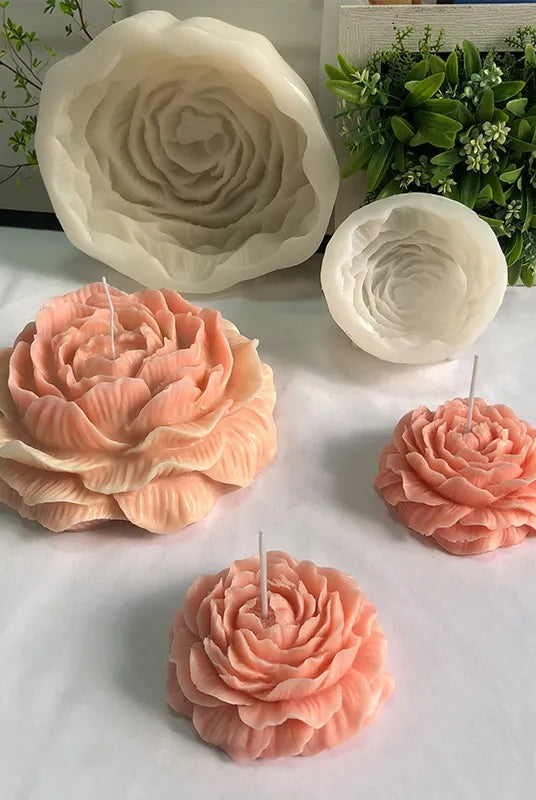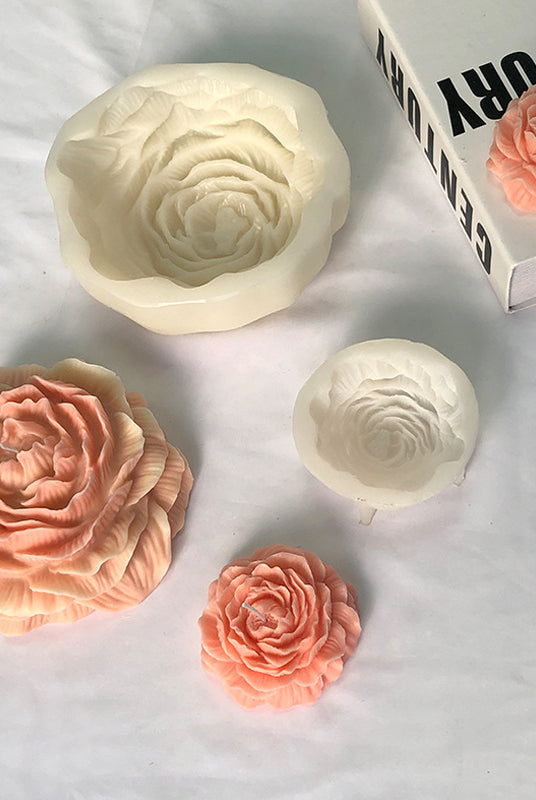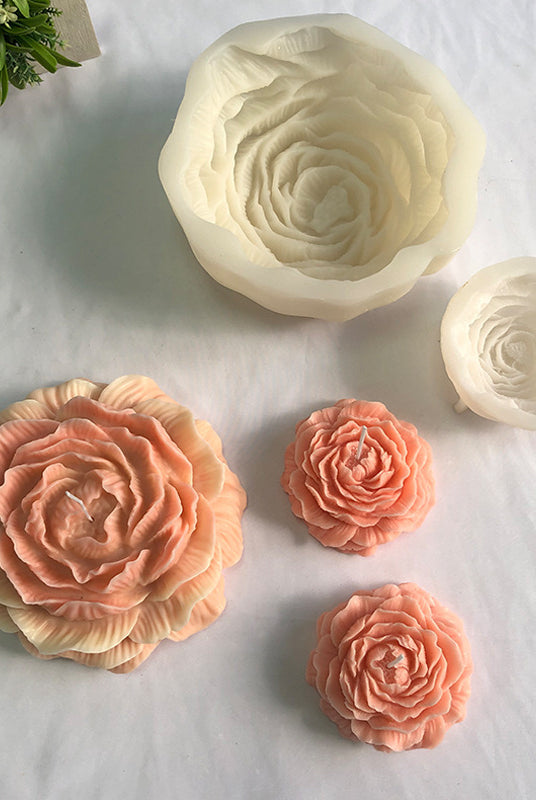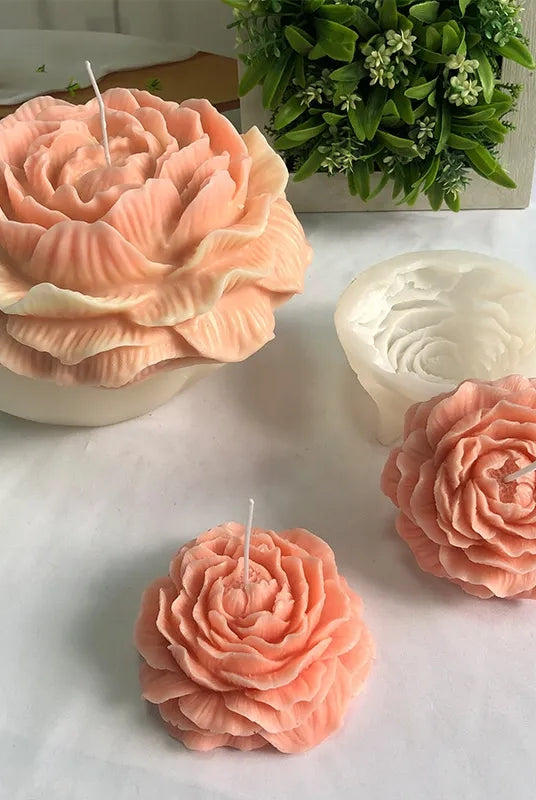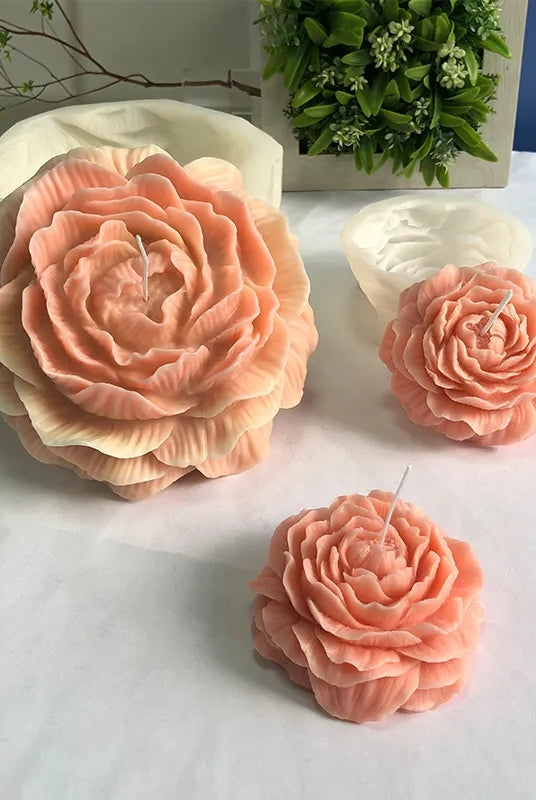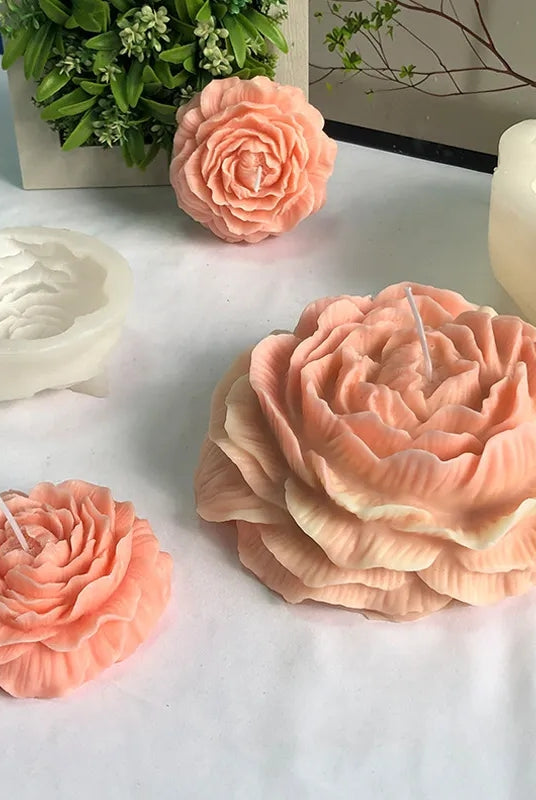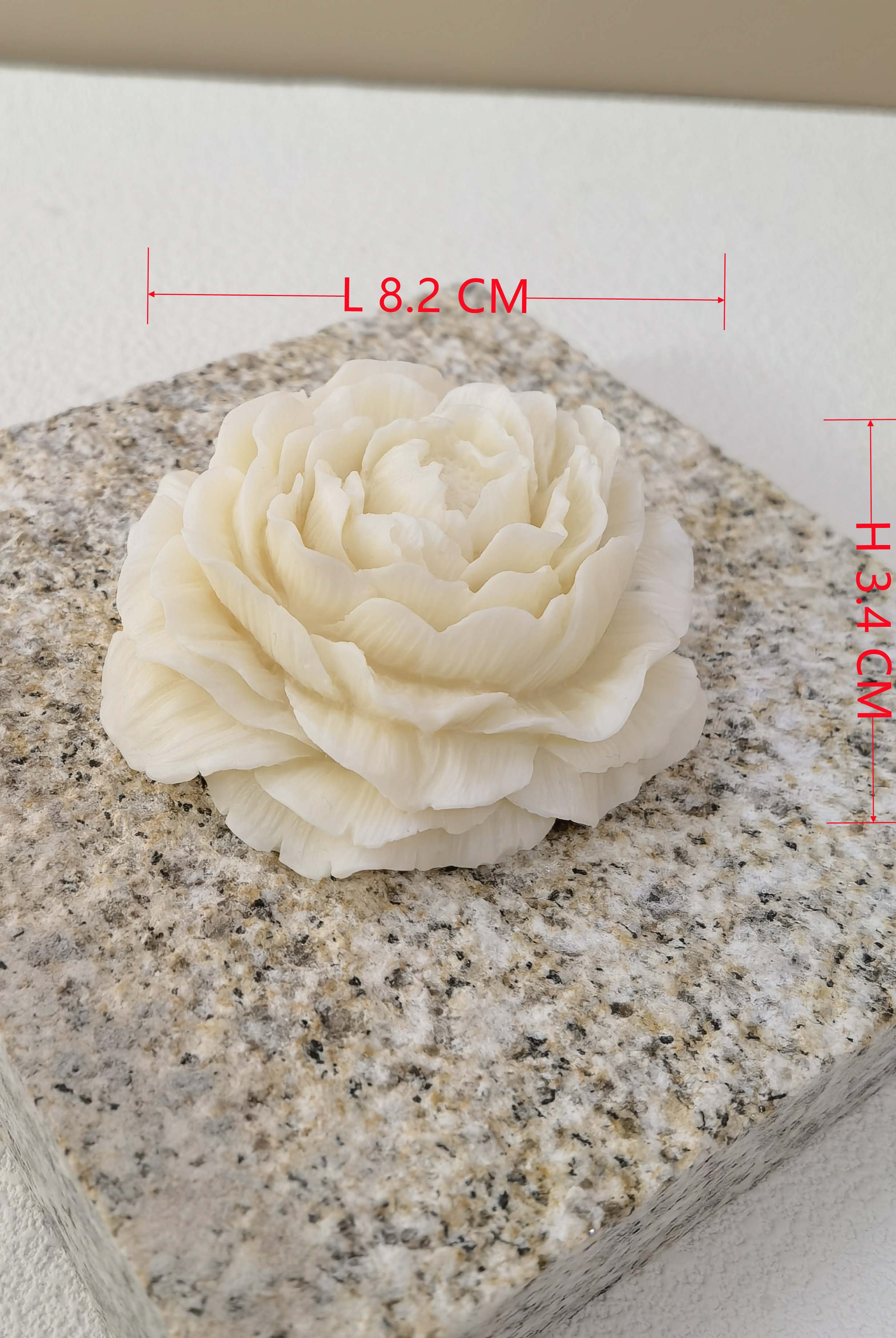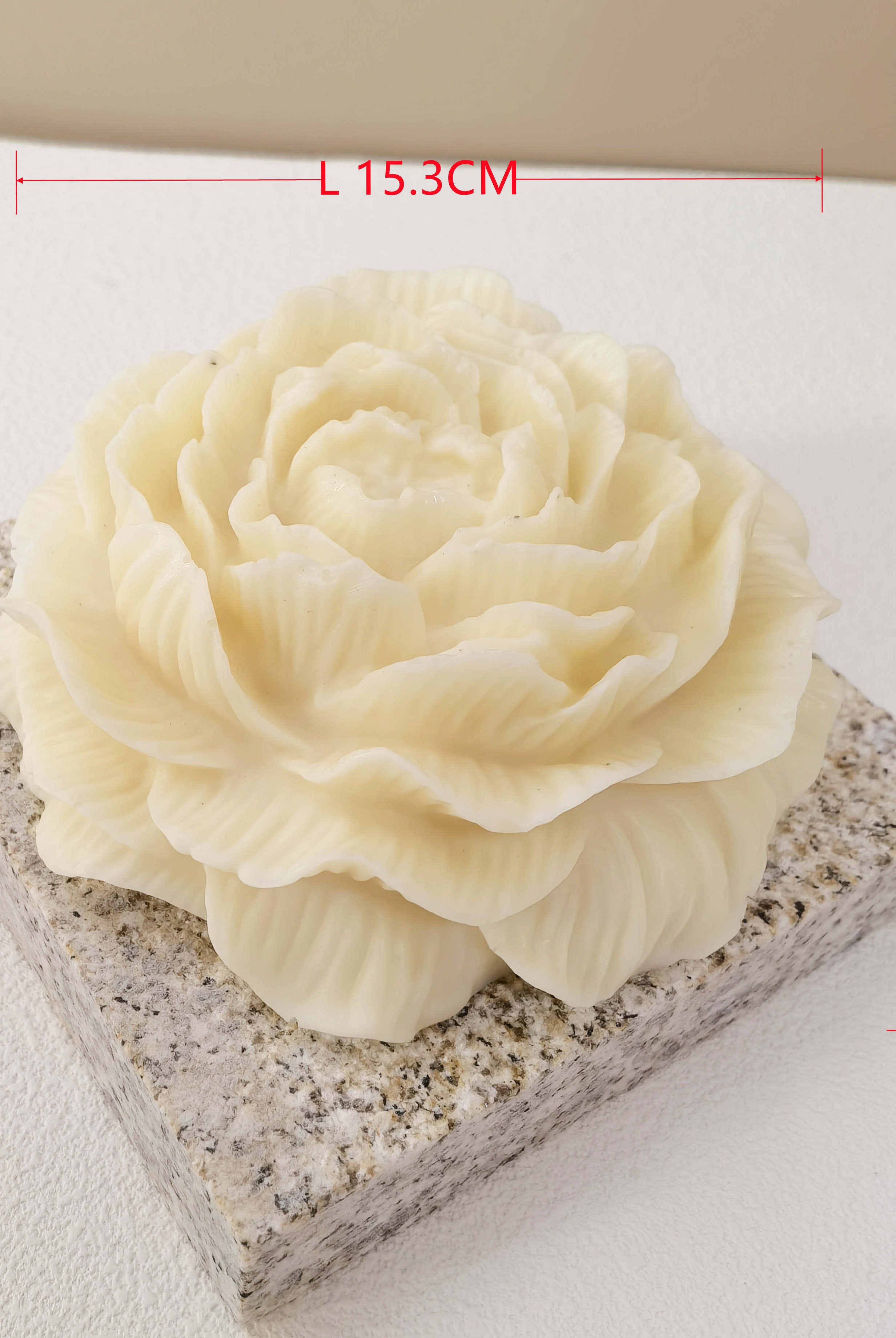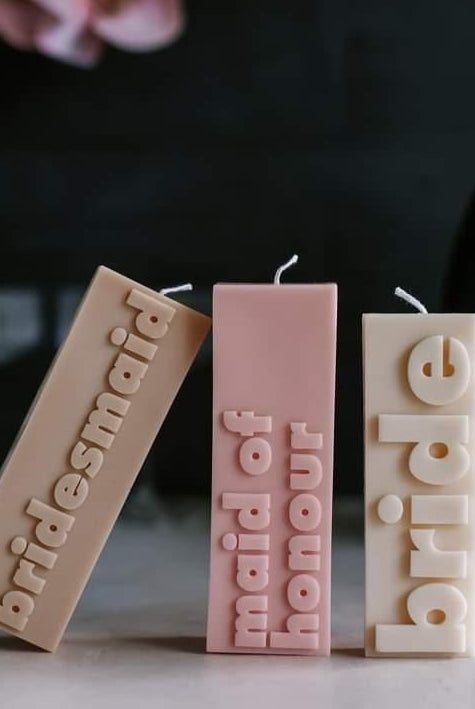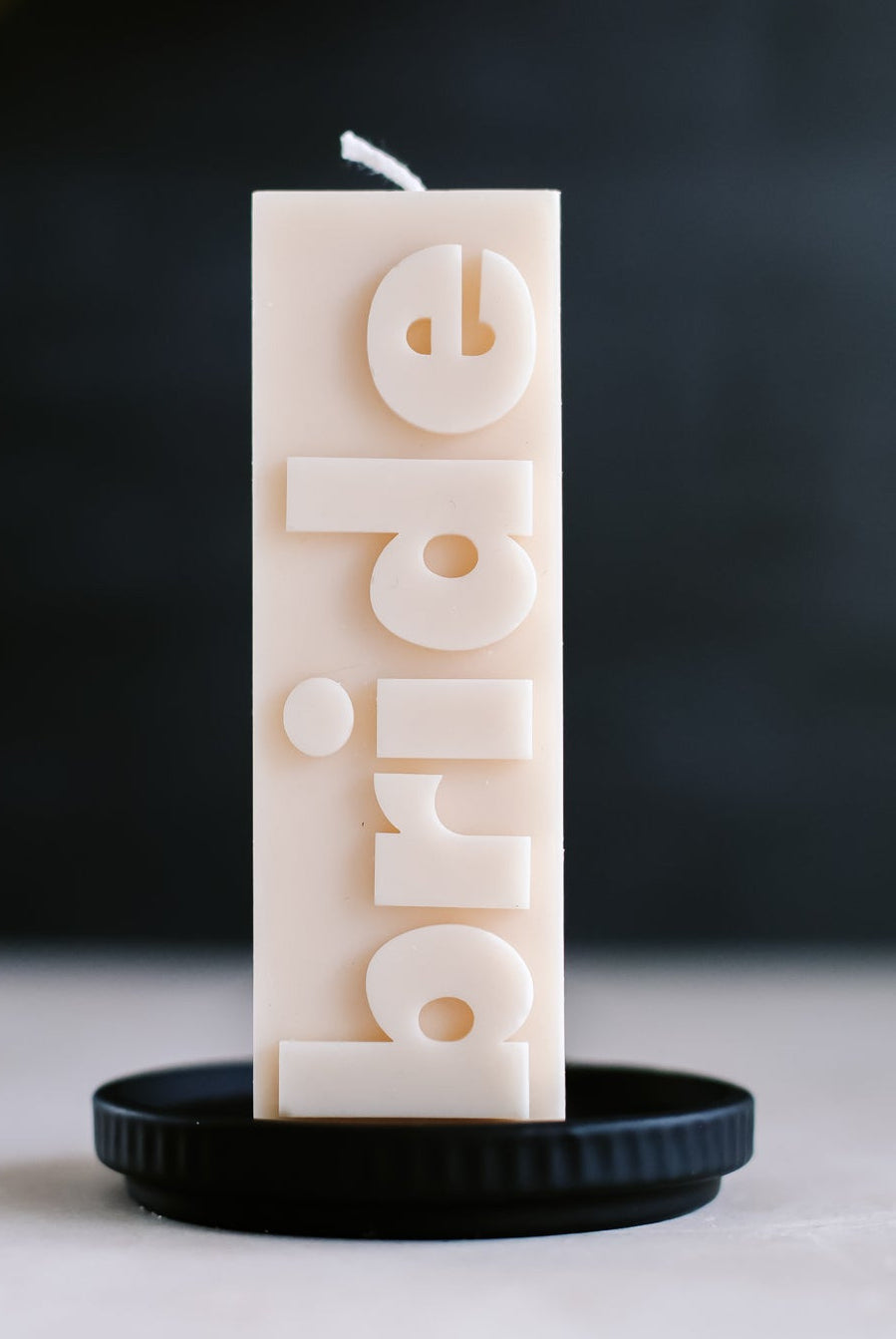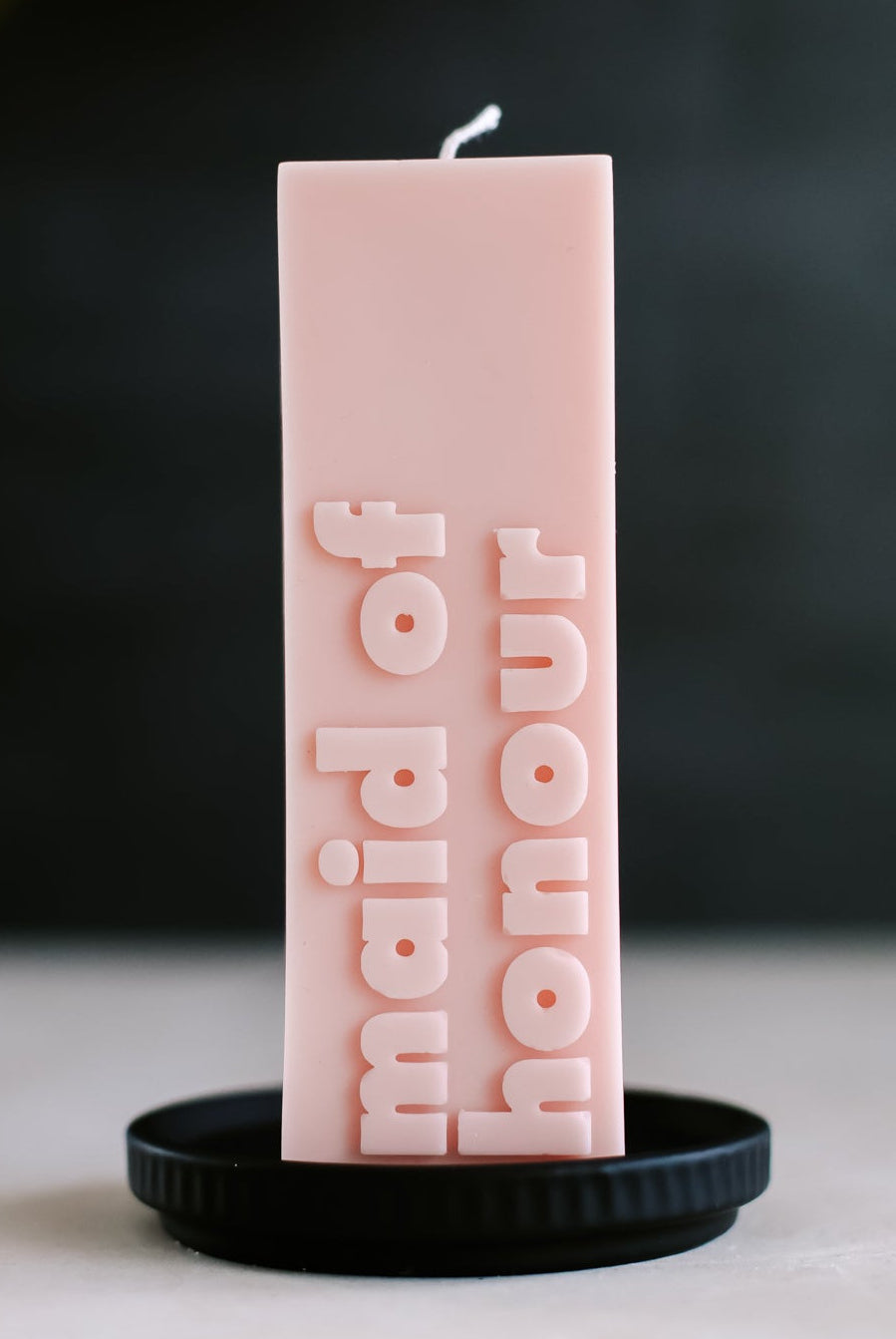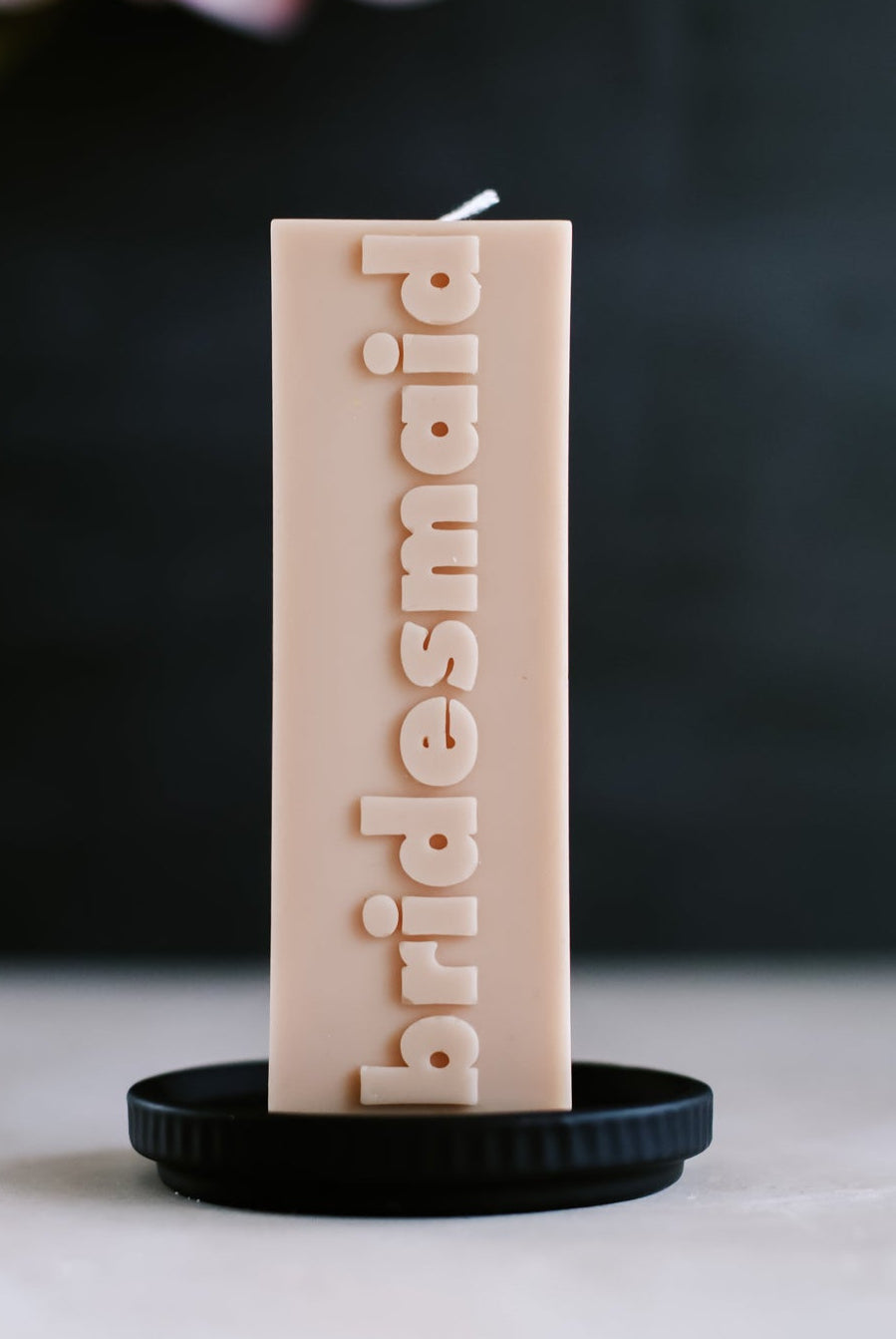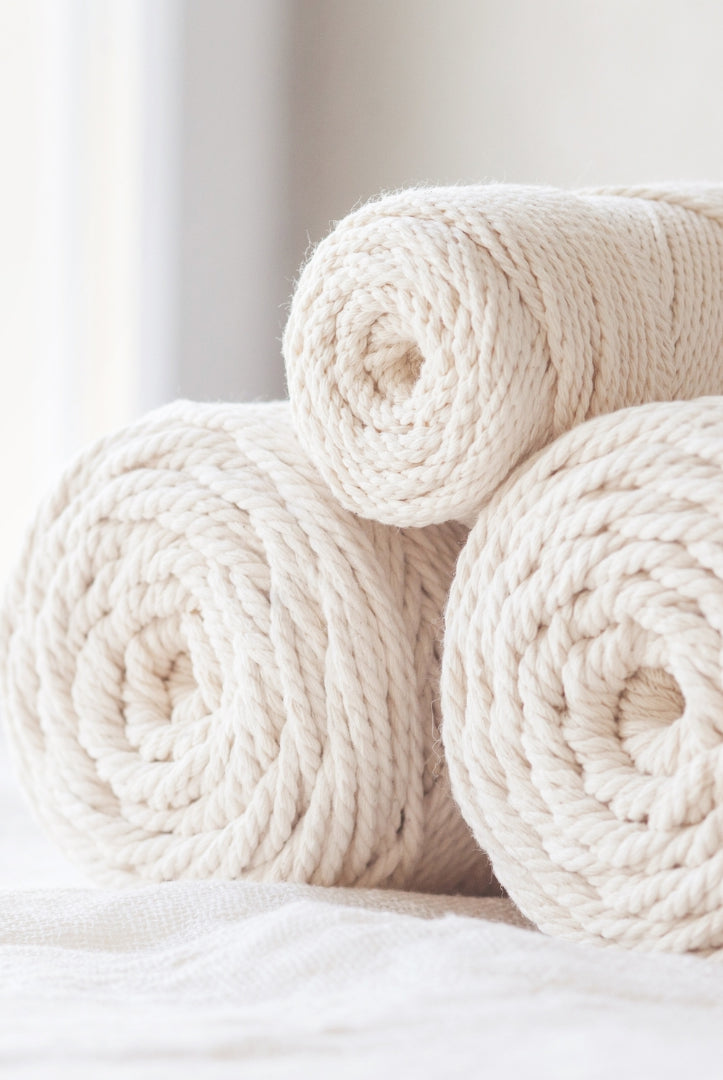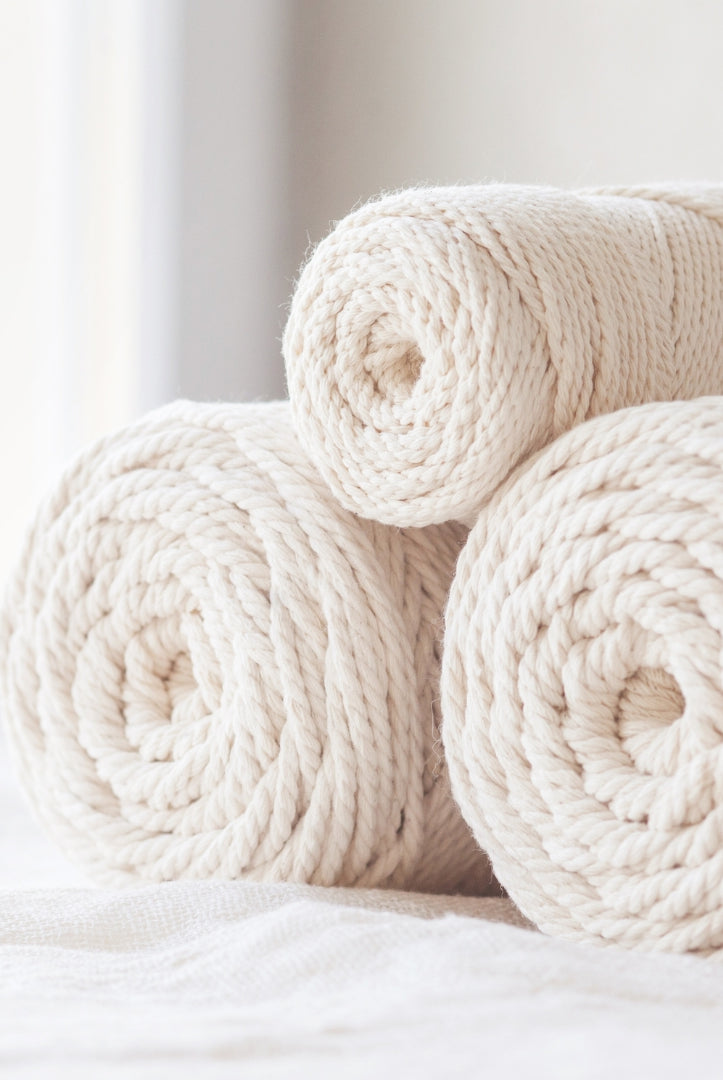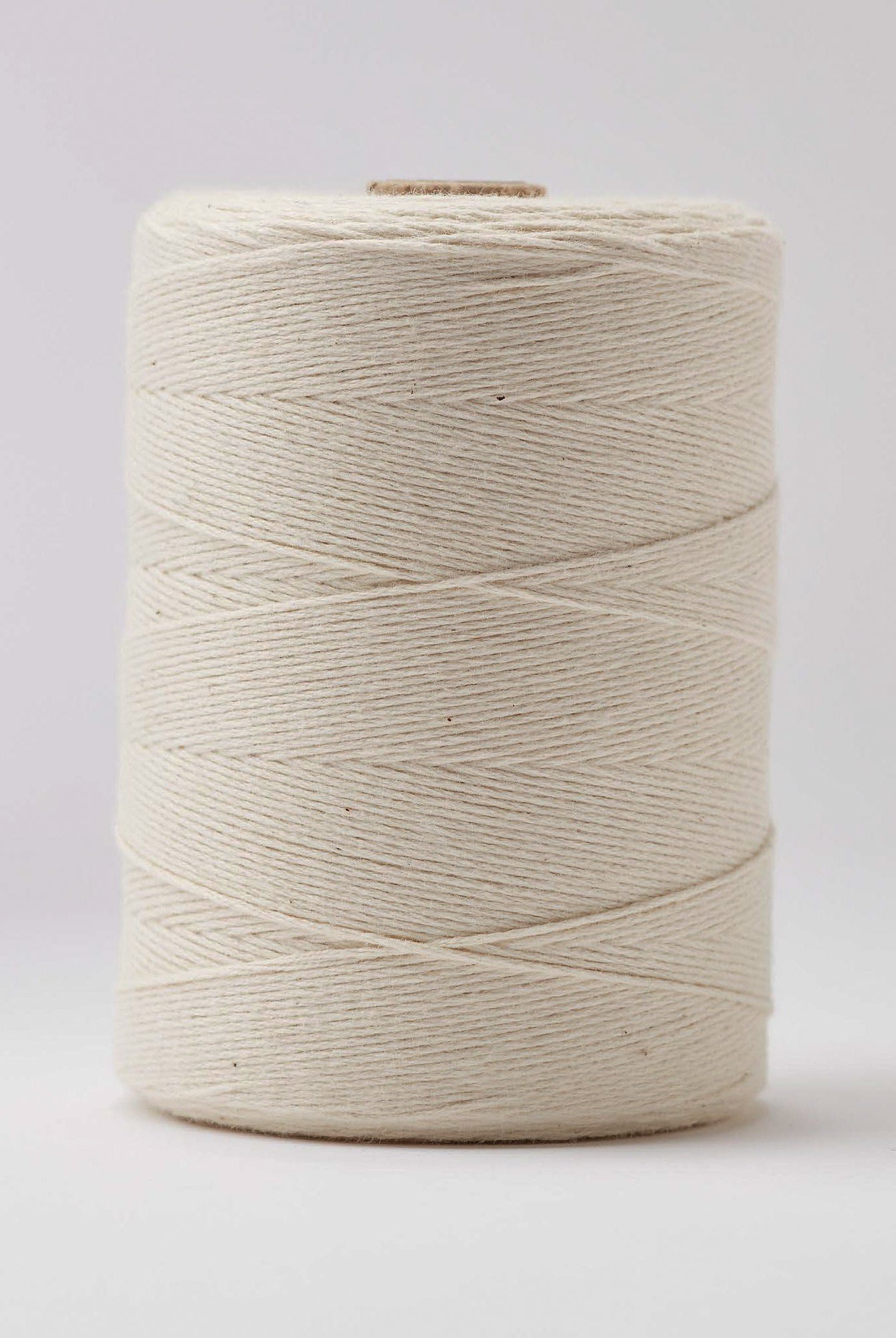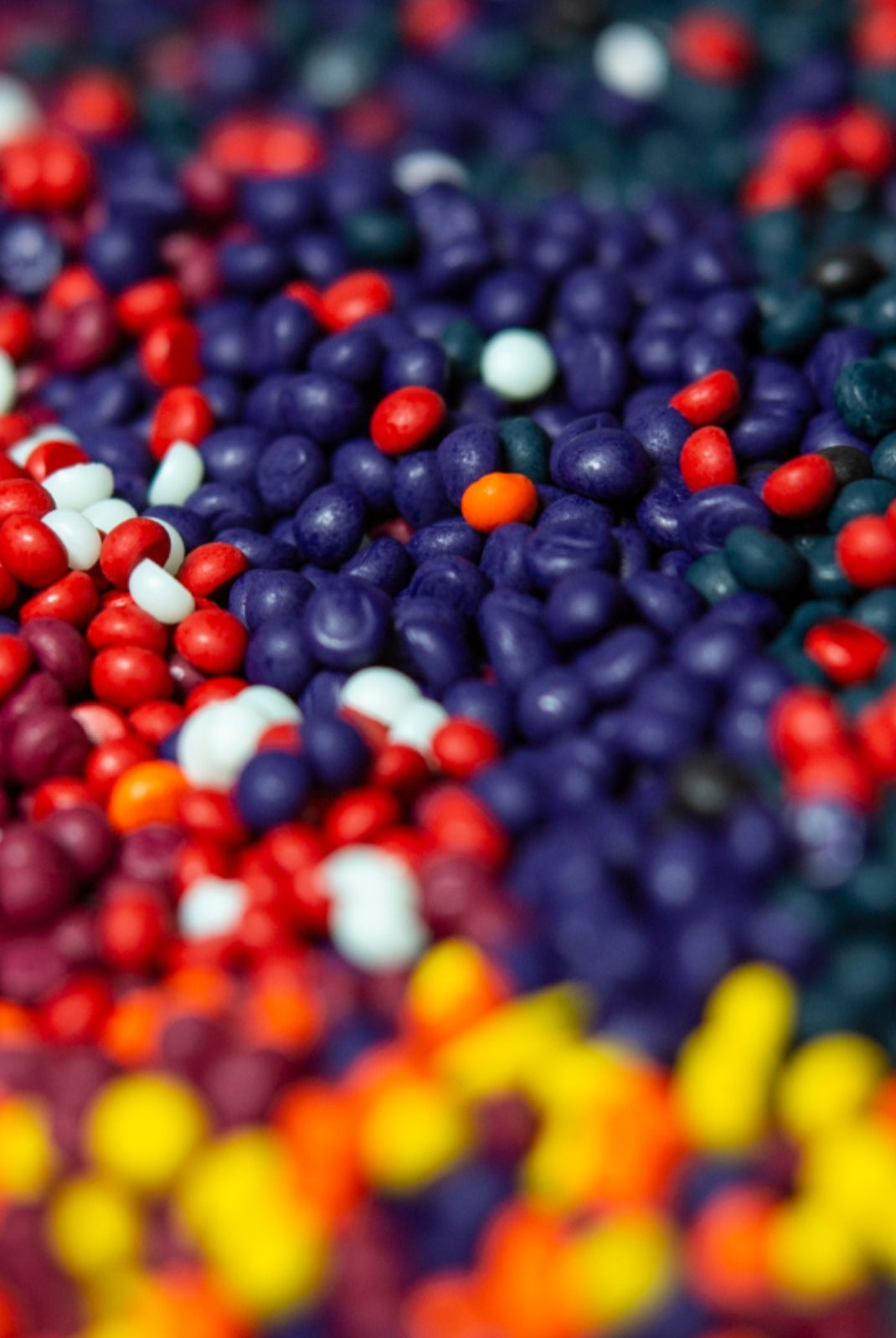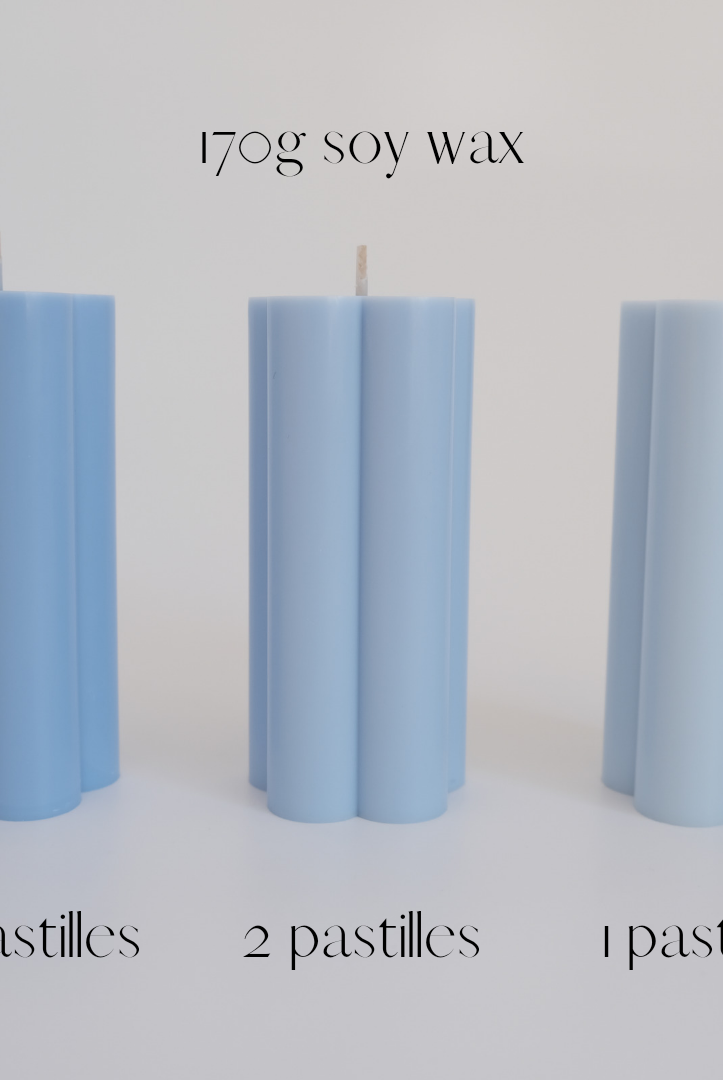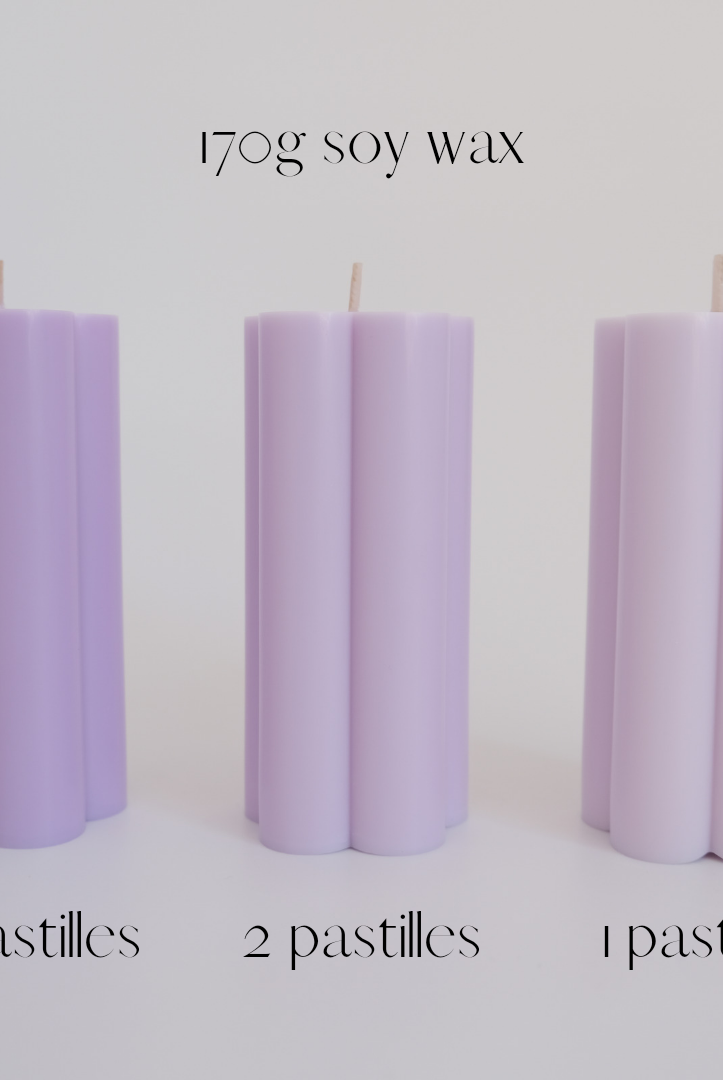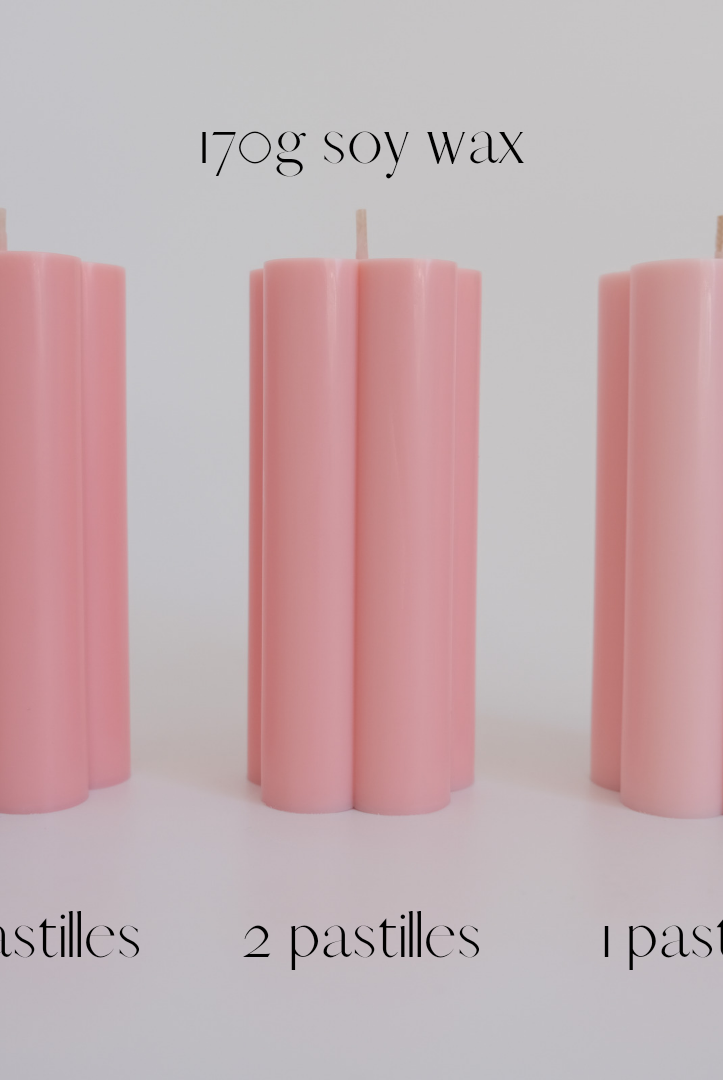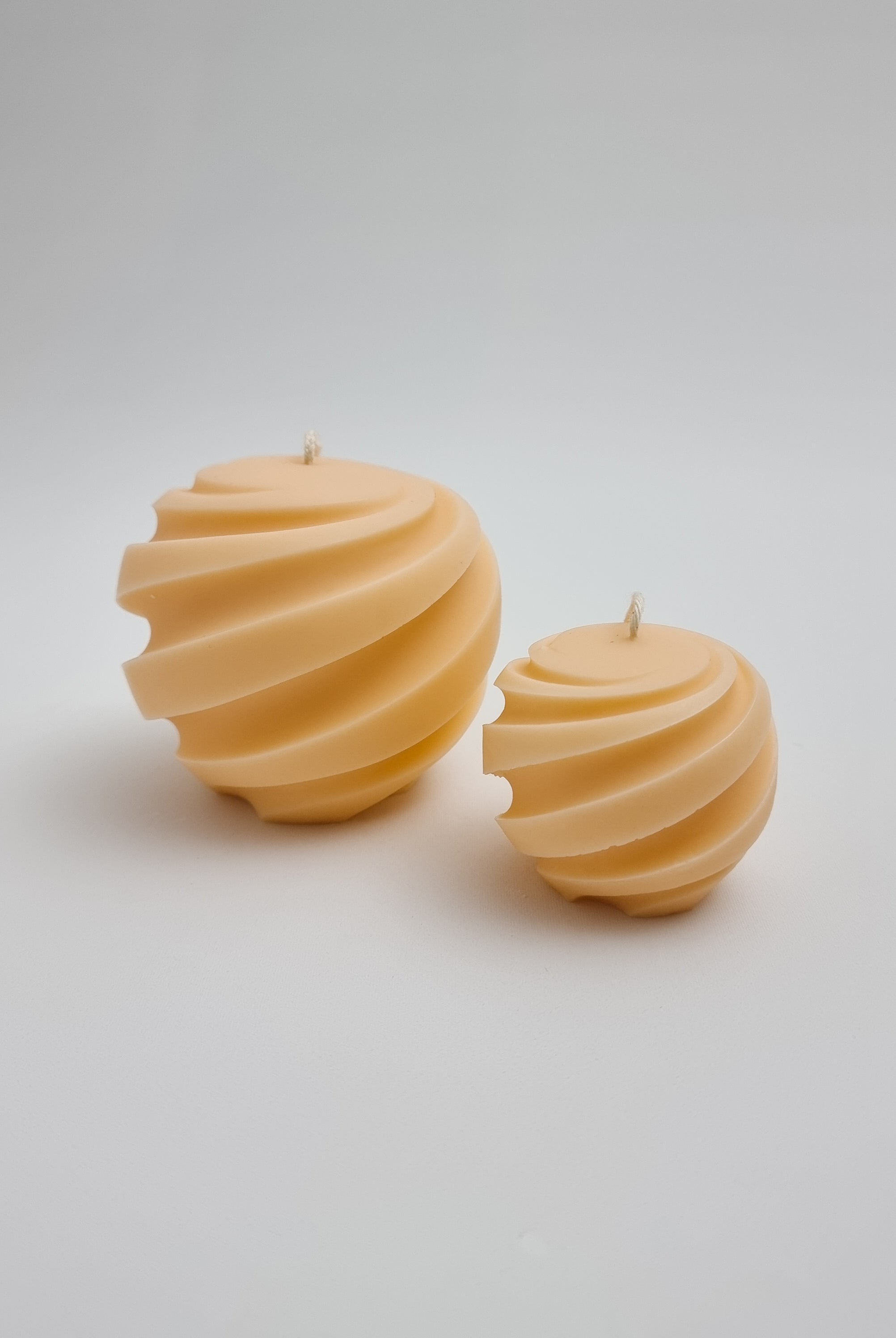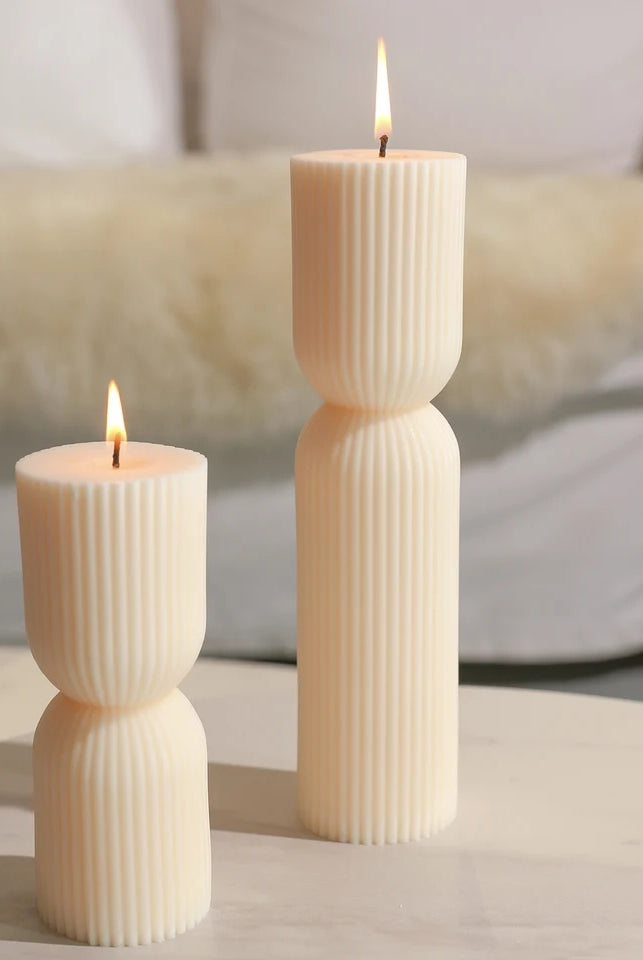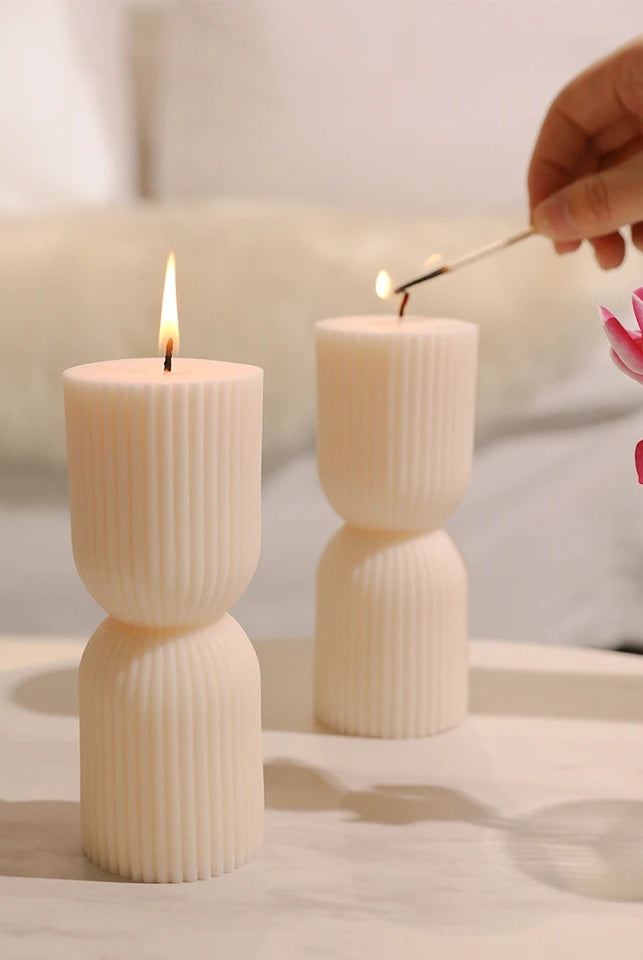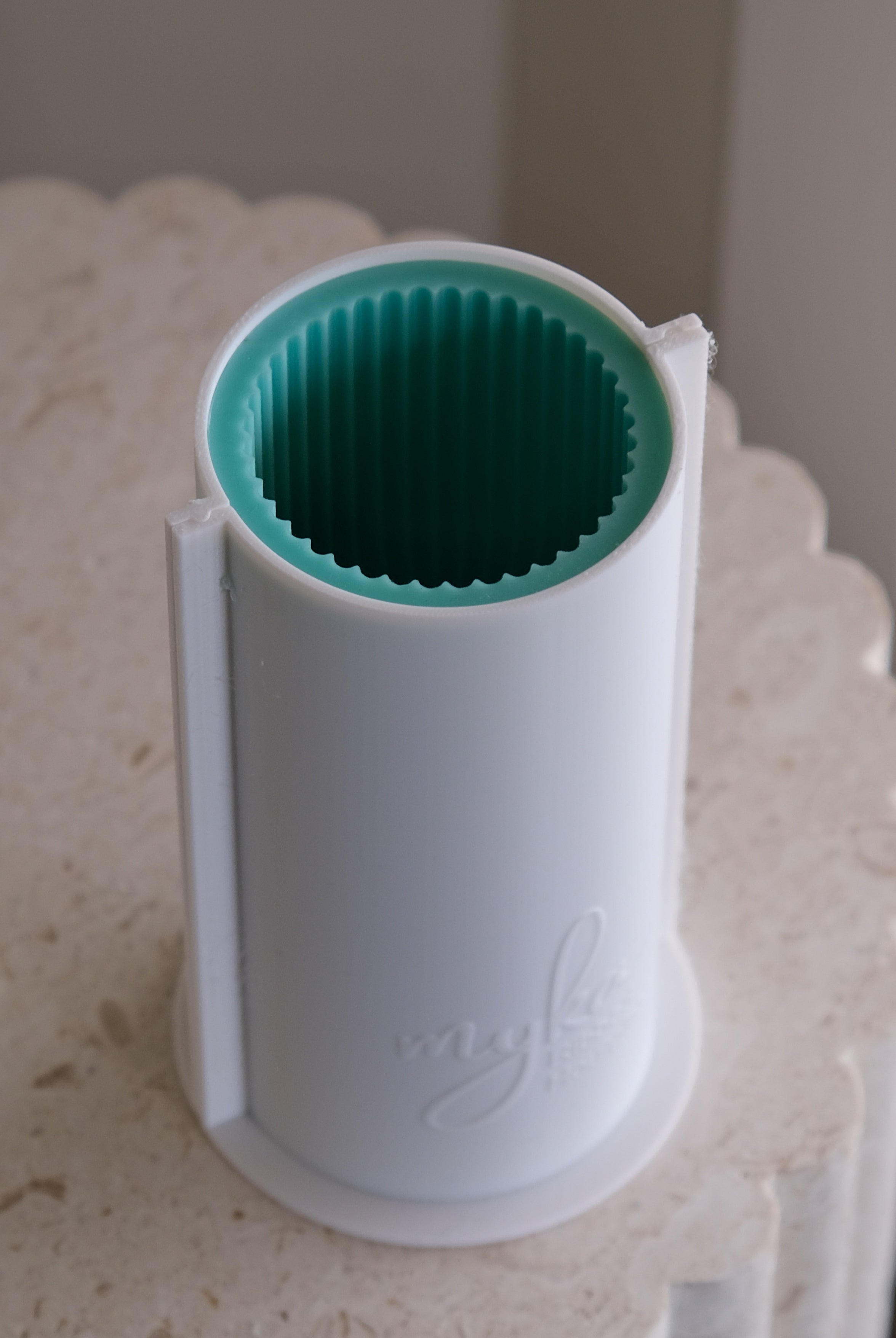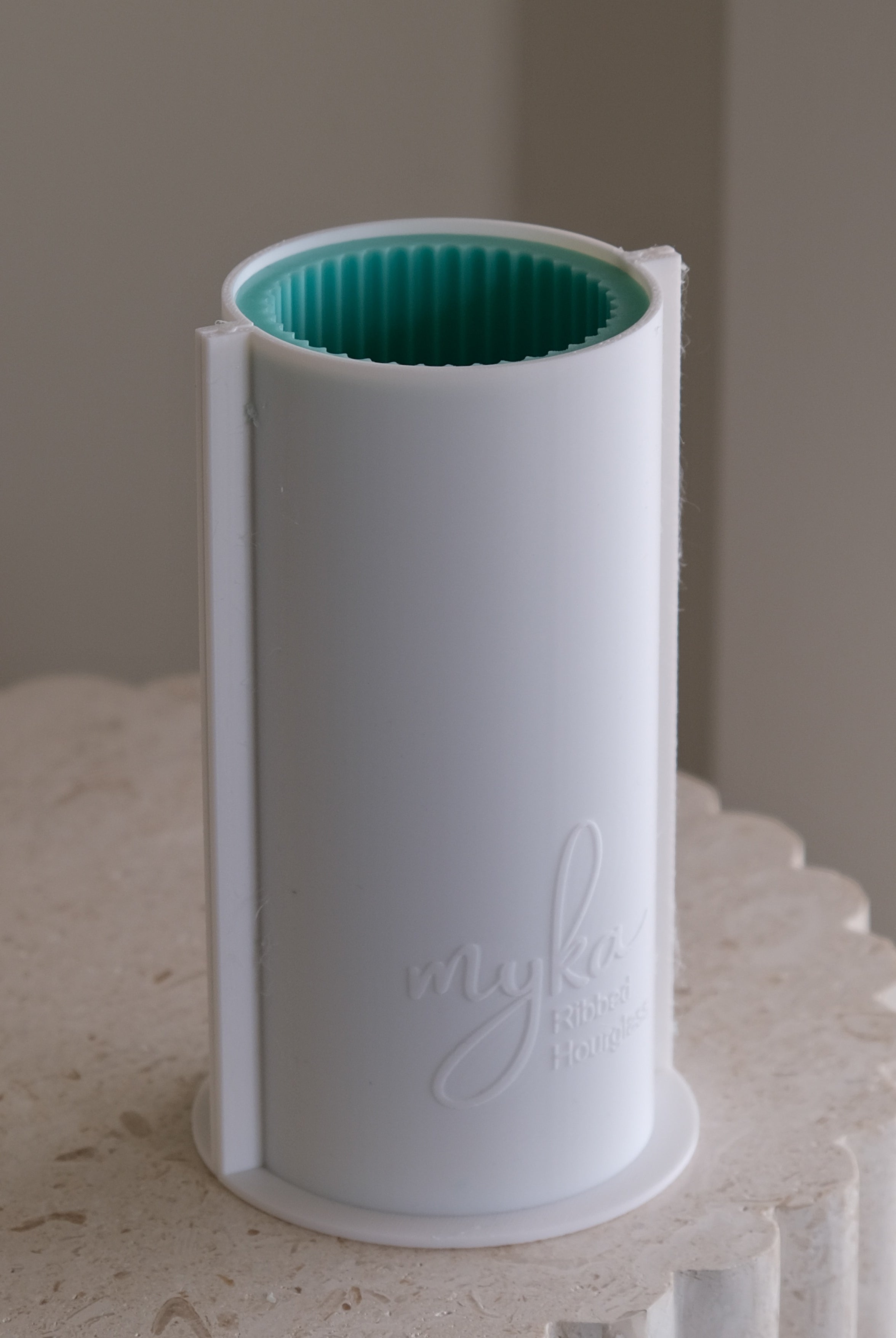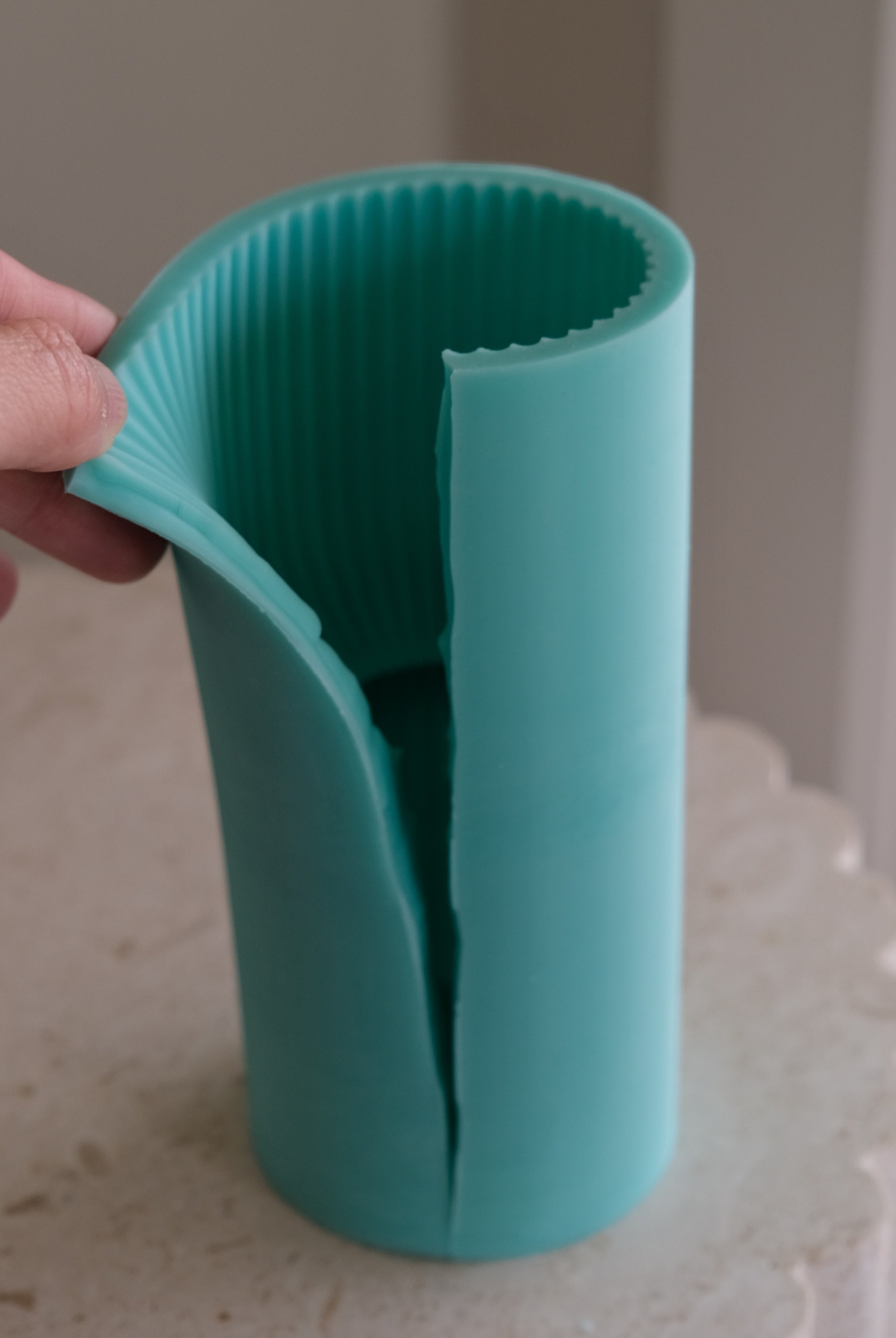Mould Care FAQs
Q: How do I clean my moulds?
A: Wash with hot water and dishwashing liquid after every use. Do not use abrasive brushes or sponges, as it may scratch and permanently damage the mould. If white residue remains on the interior of your mould, fill it with water and freeze it. Once frozen, the residue should adhere to the ice. Carefully unmould the ice and dispose.
Q: How should I store my mould?
A: Before storing, the mould should be cleaned with a soap solution and fully dried. Two-piece moulds should be assembled. Never leave silicone moulds inside out and store on a level surface in a cool, dry environment in its original shape. Improperly storing a mould can damage it and possibly render it unusable.
Q: How long do silicone moulds last?
A: Silicone moulds fall into two main categories: tin-cure and platinum-cure. Tin-cure lasts about a year, whereas platinum-cure silicone can have a shelf life of over 30 years. The physical life of the mould depends on the materials cast and how frequently you use it.
Q: Why is my silicone mould becoming brittle?
A: Silicone moulds can break down over time due to a variety of factors, including exposure to heat, chemicals, and UV light, as well as repeated use and stretching. The breakdown of the silicone can cause it to become brittle and lose its shape, making it difficult to use for casting. Release agent or other chemicals can also degrade the material over time. To prolong the life of a silicone mould, it's important to store it in a cool, dry place and avoid exposing it to harsh chemicals or UV light.
Q: Can a torn silicone mould be repaired?
A: Yes, you can repair silicone moulds so that you can get a few more castings but it will not be a permanent solution. Clean the area to be bonded with acetone before applying a silicone rubber adhesive.
Q: Can I heat or freeze my mould?
A: Most silicone moulds are freezer-safe and heat resistant up to 232°C (450°F). We do not recommend heating acrylic moulds. If your room temperature is cold, try pouring hotter.

